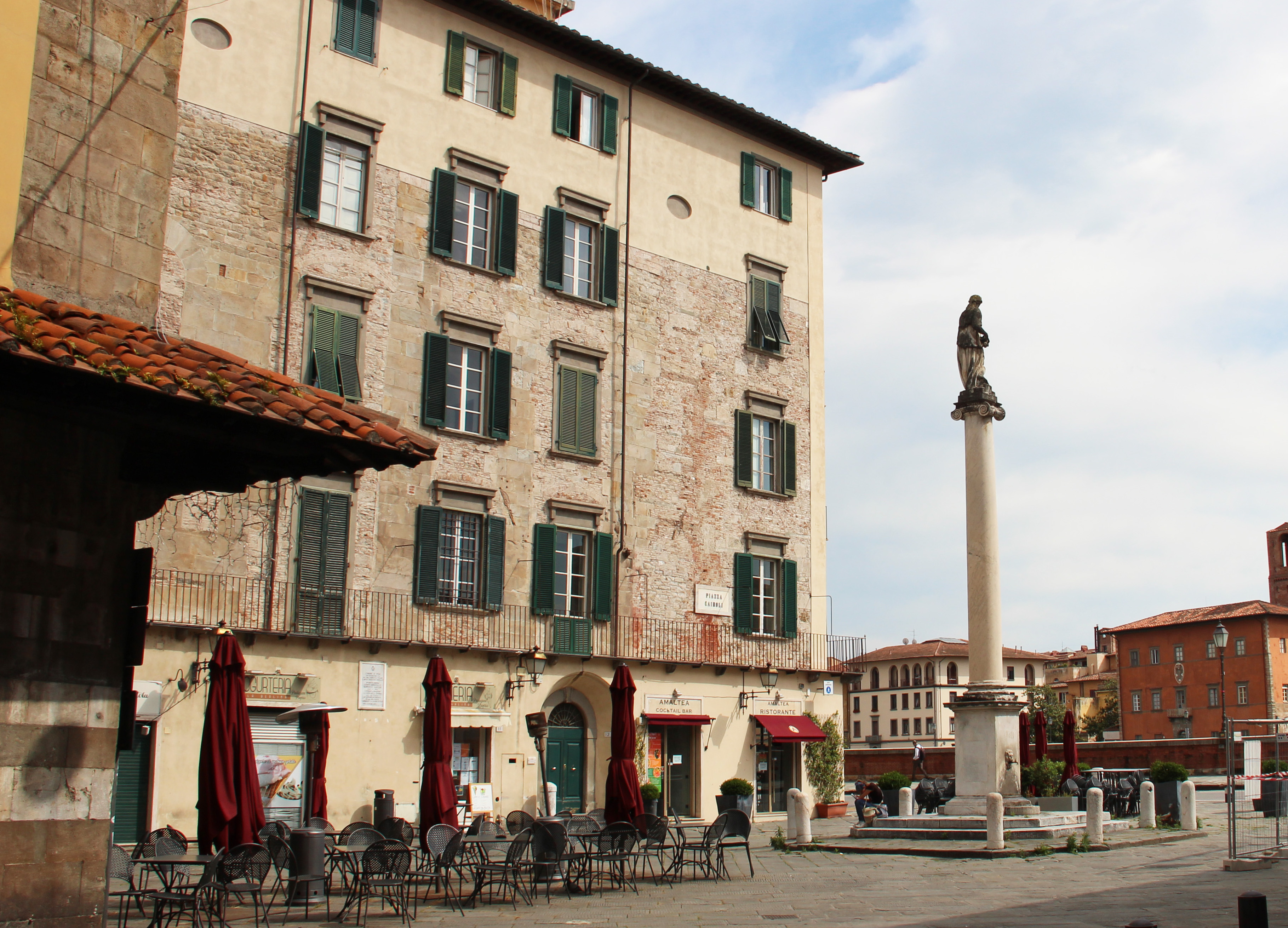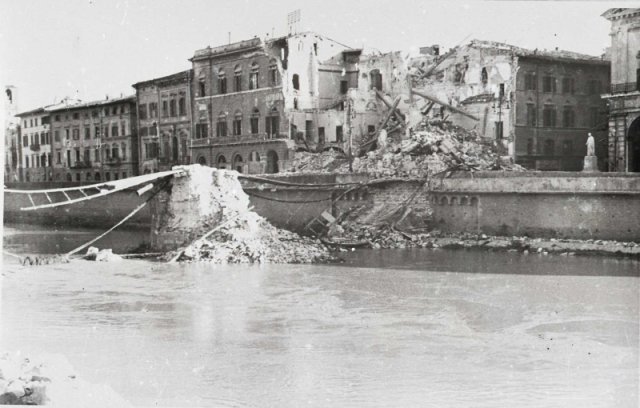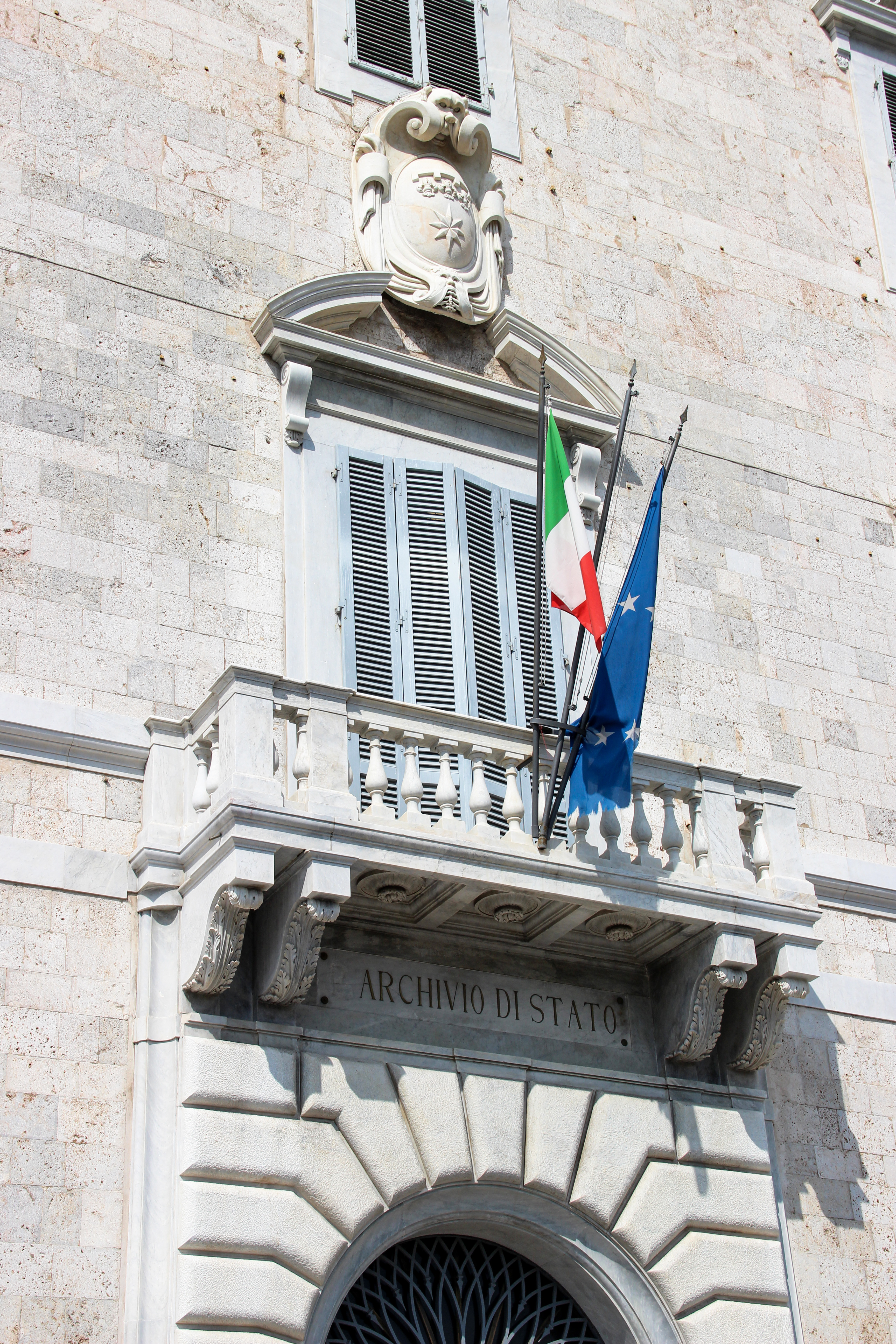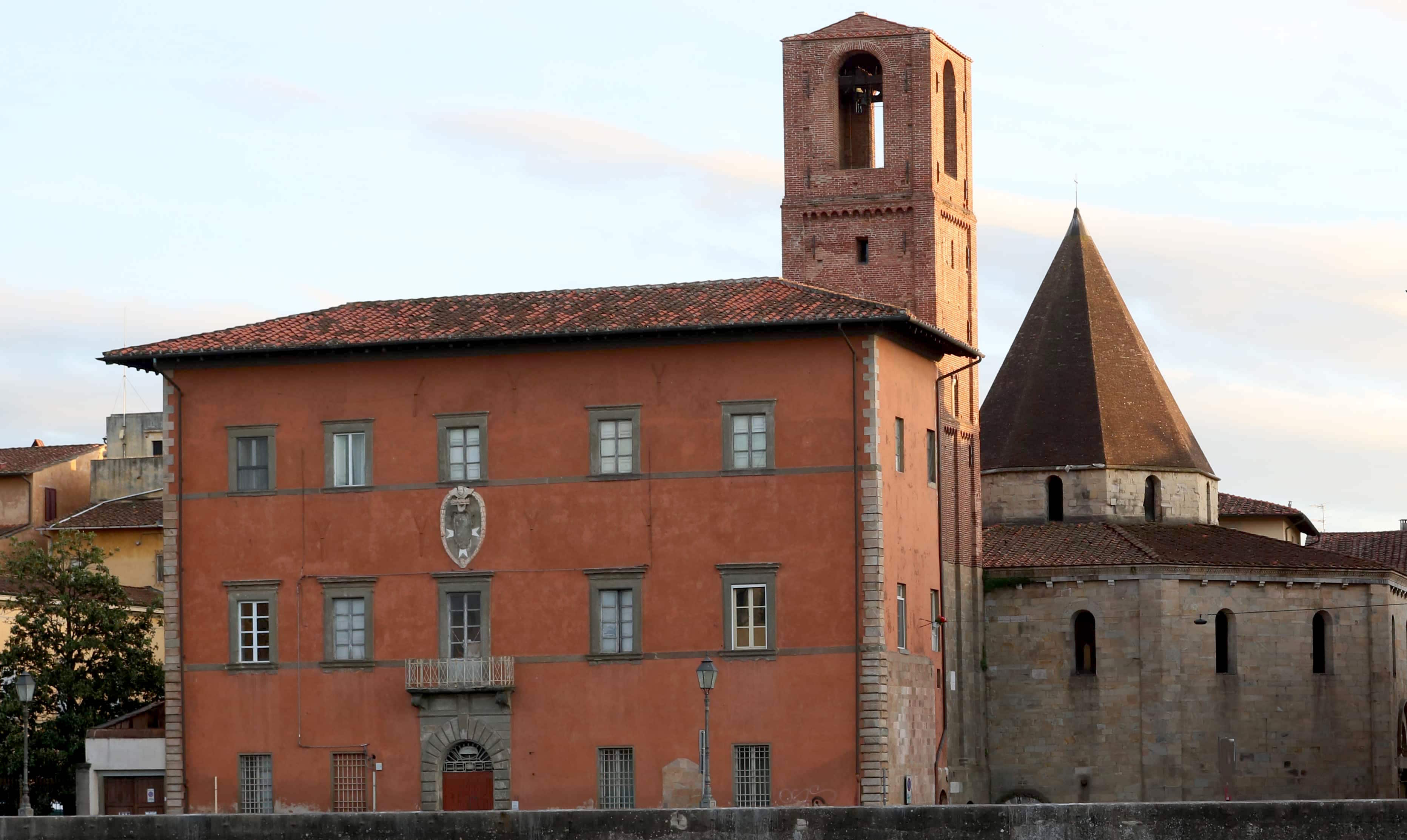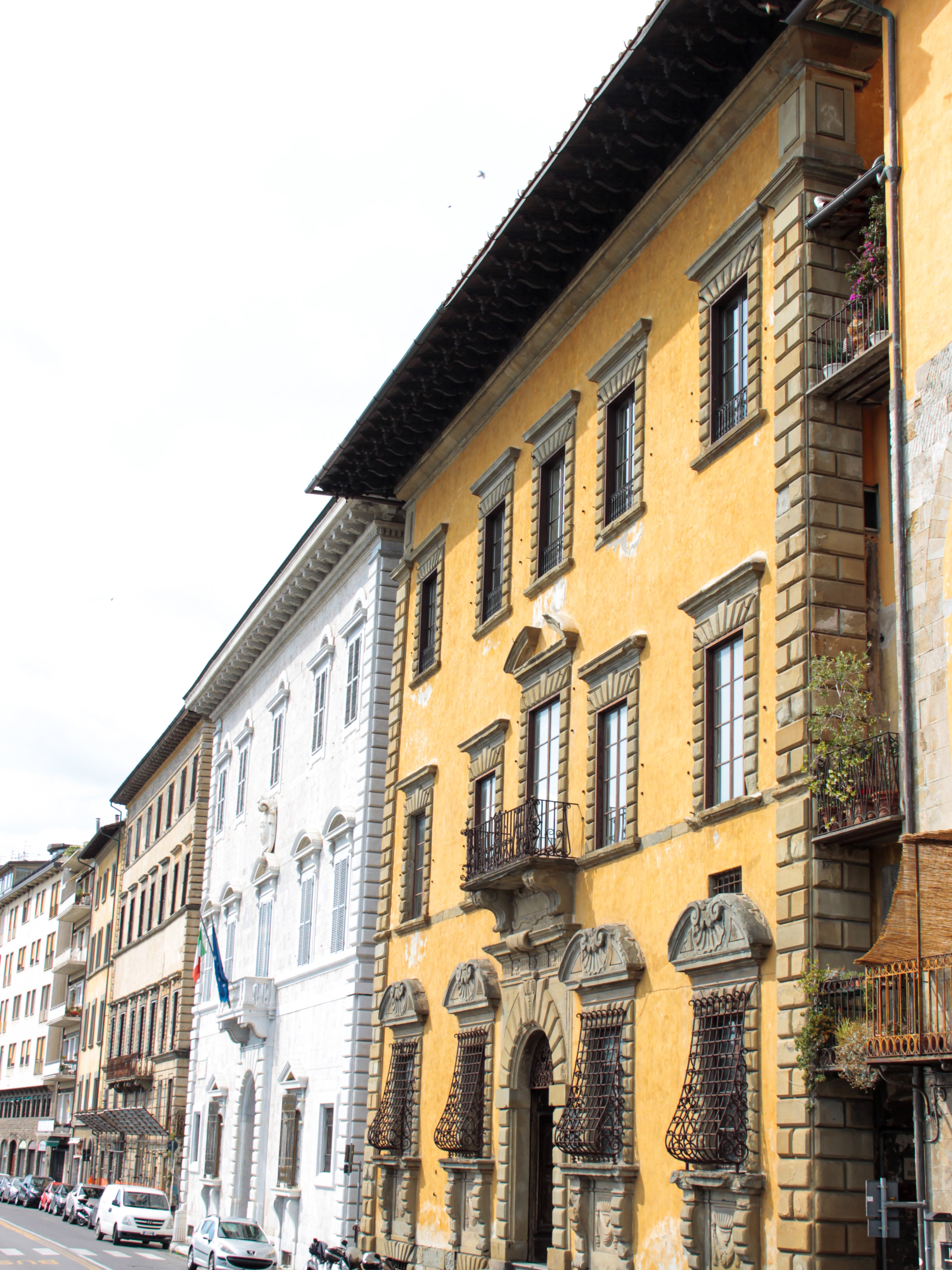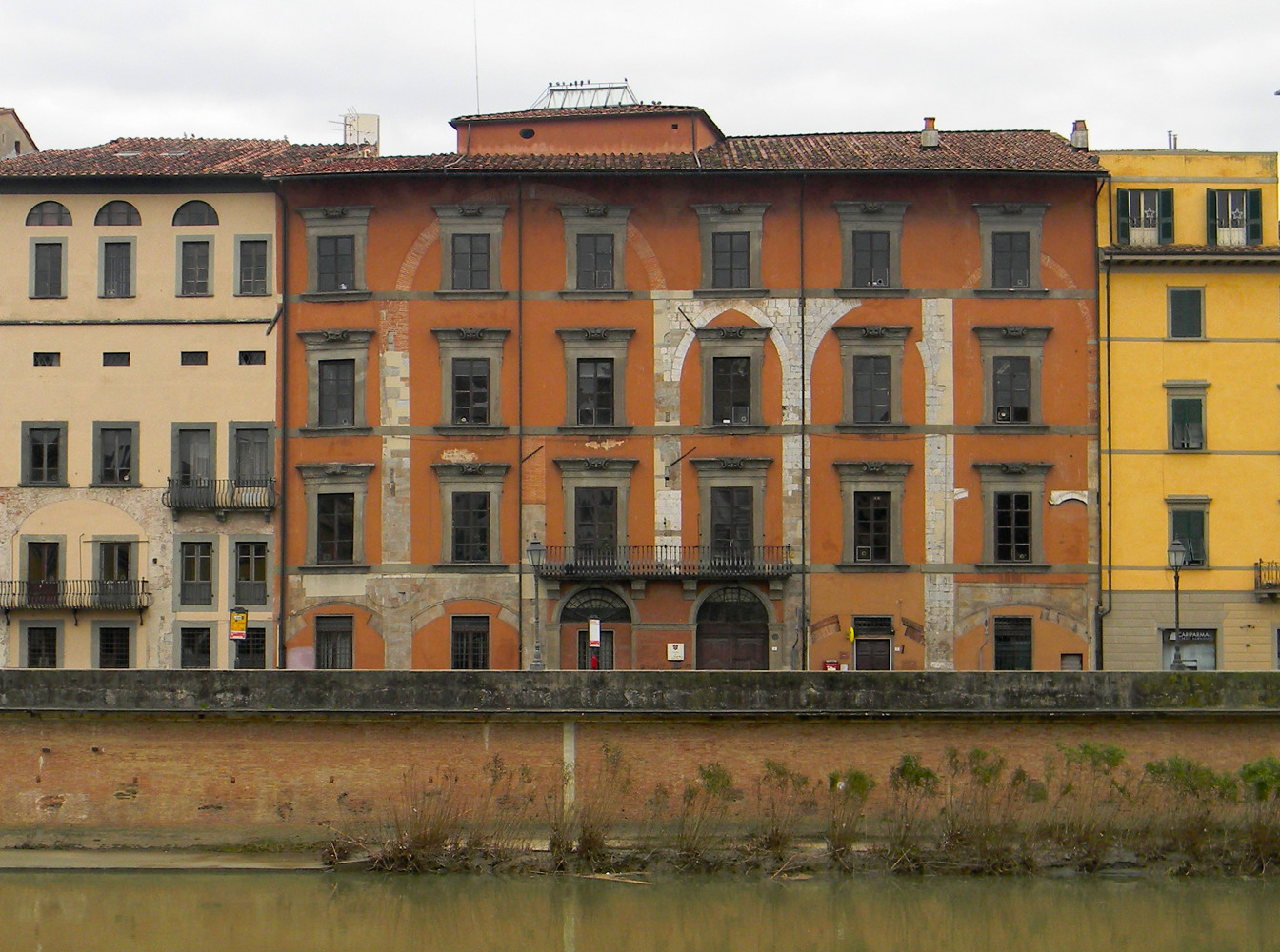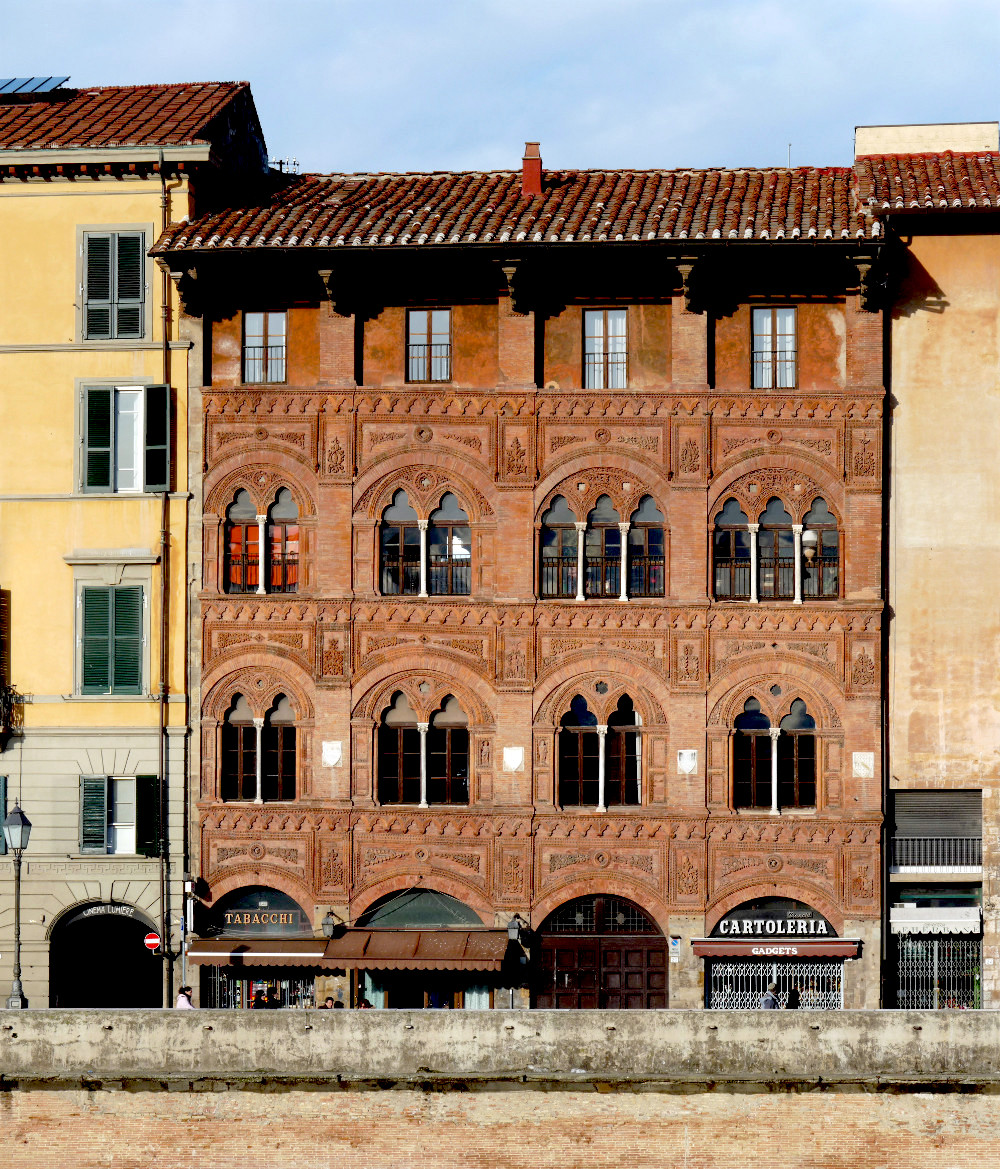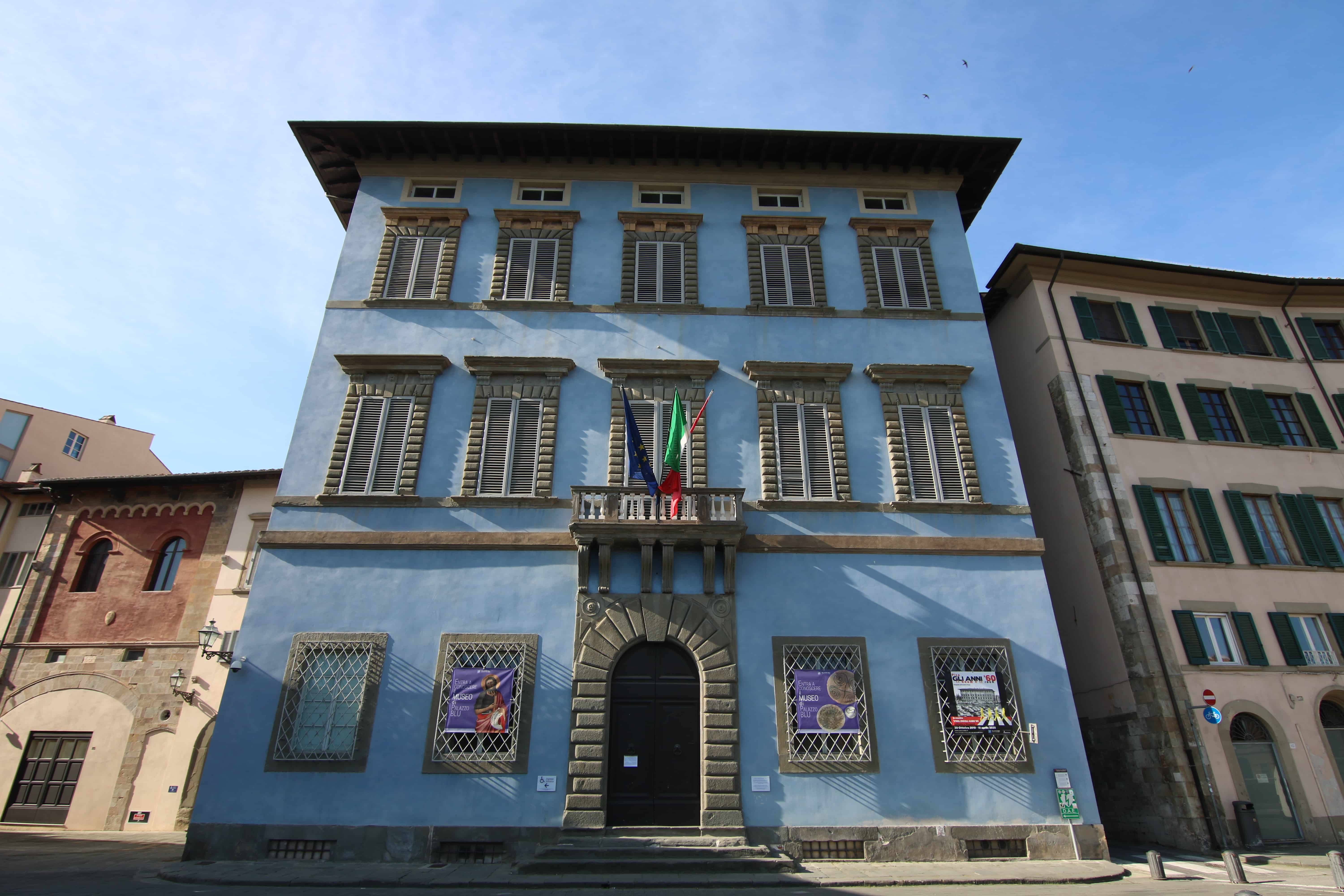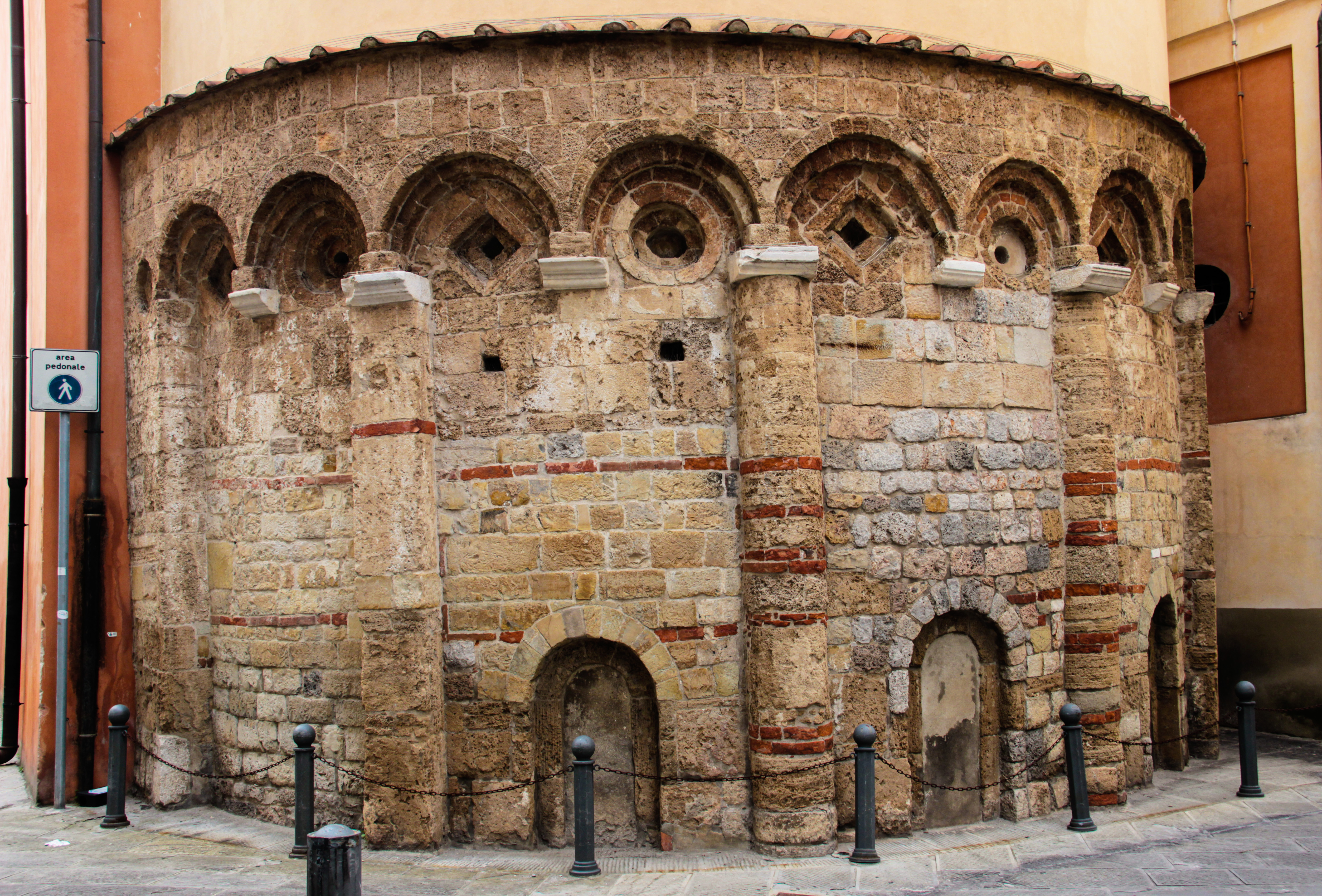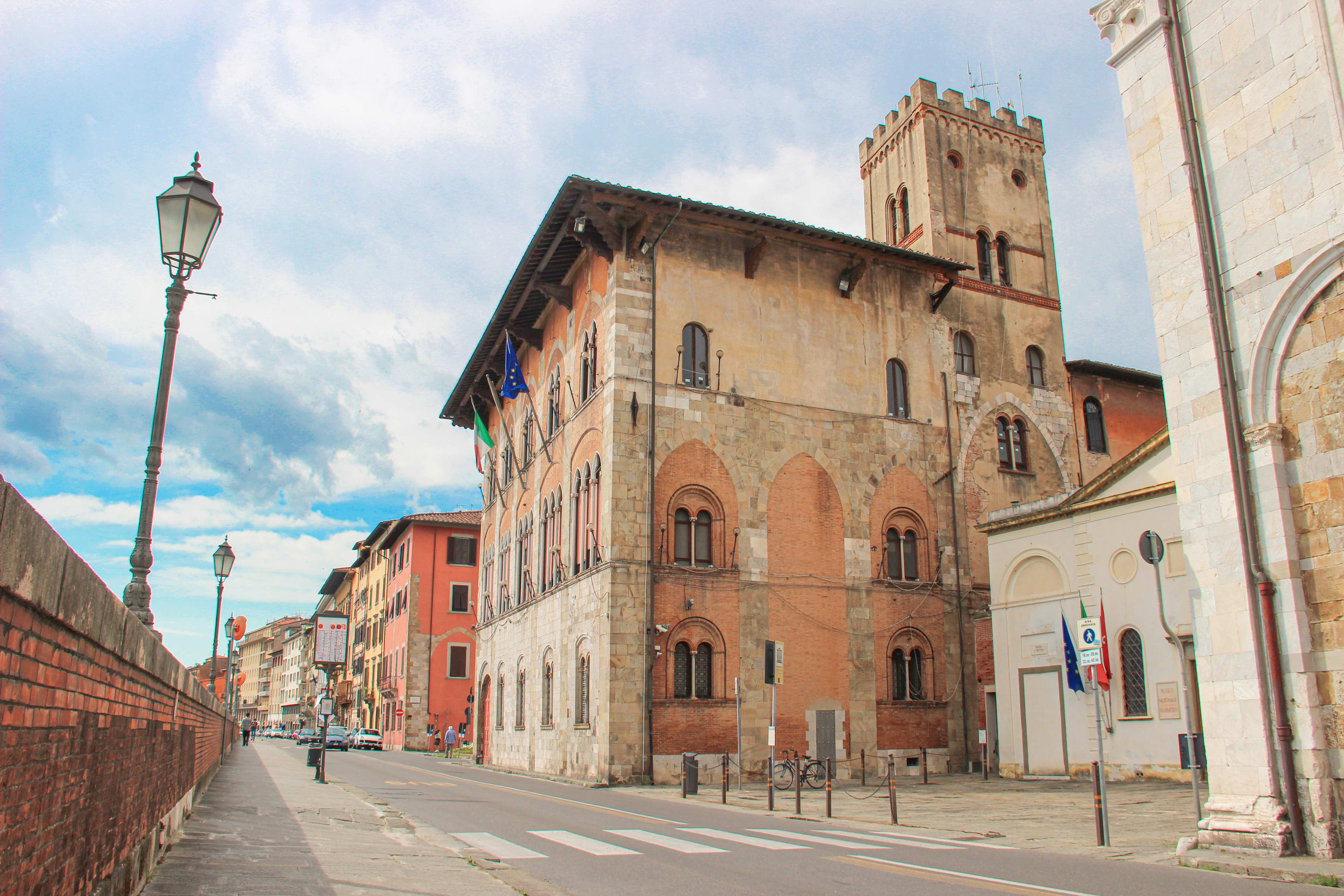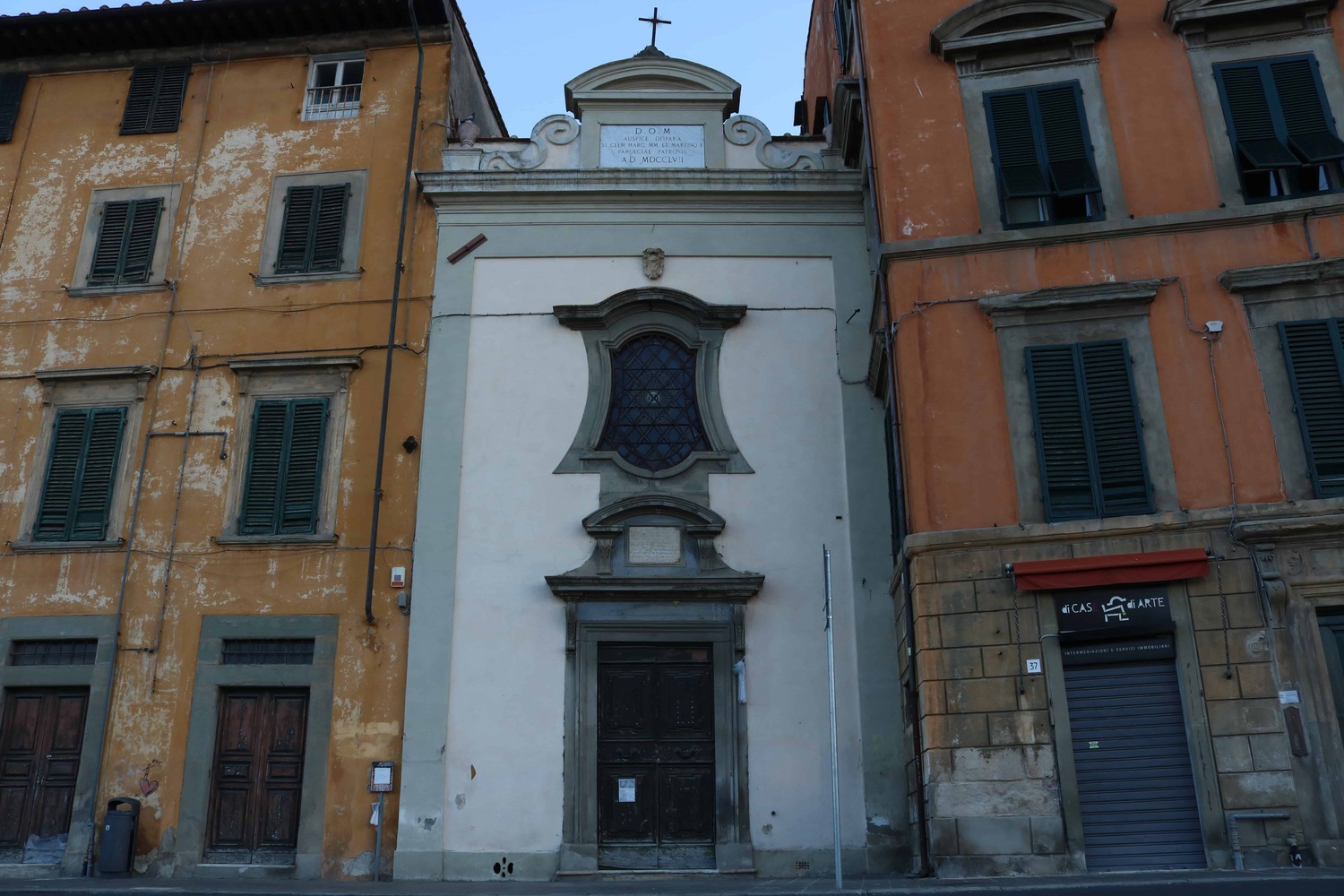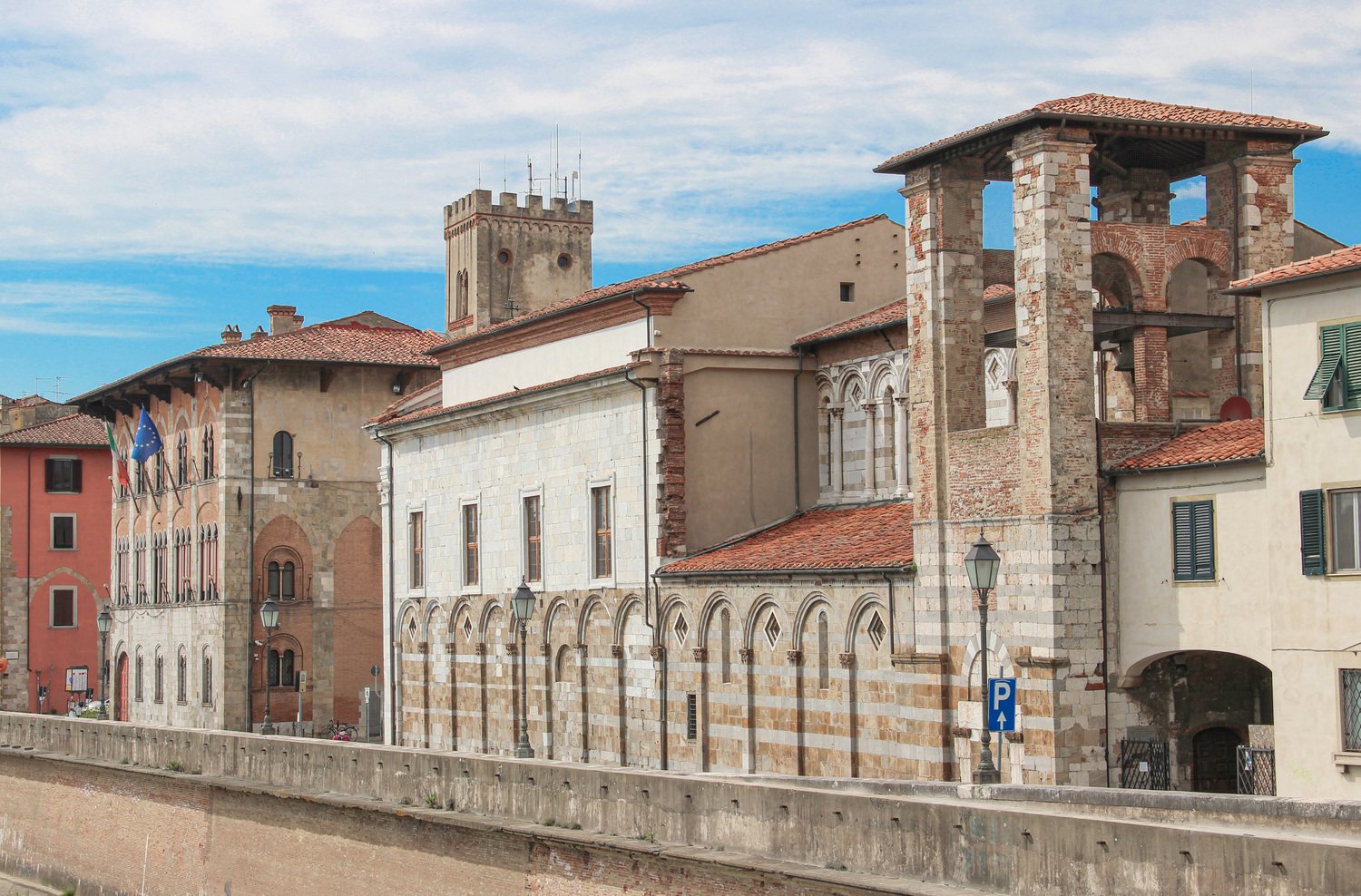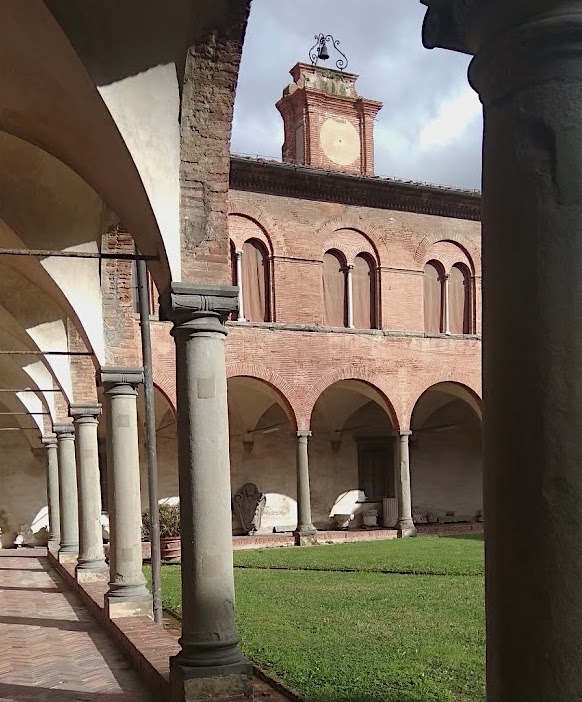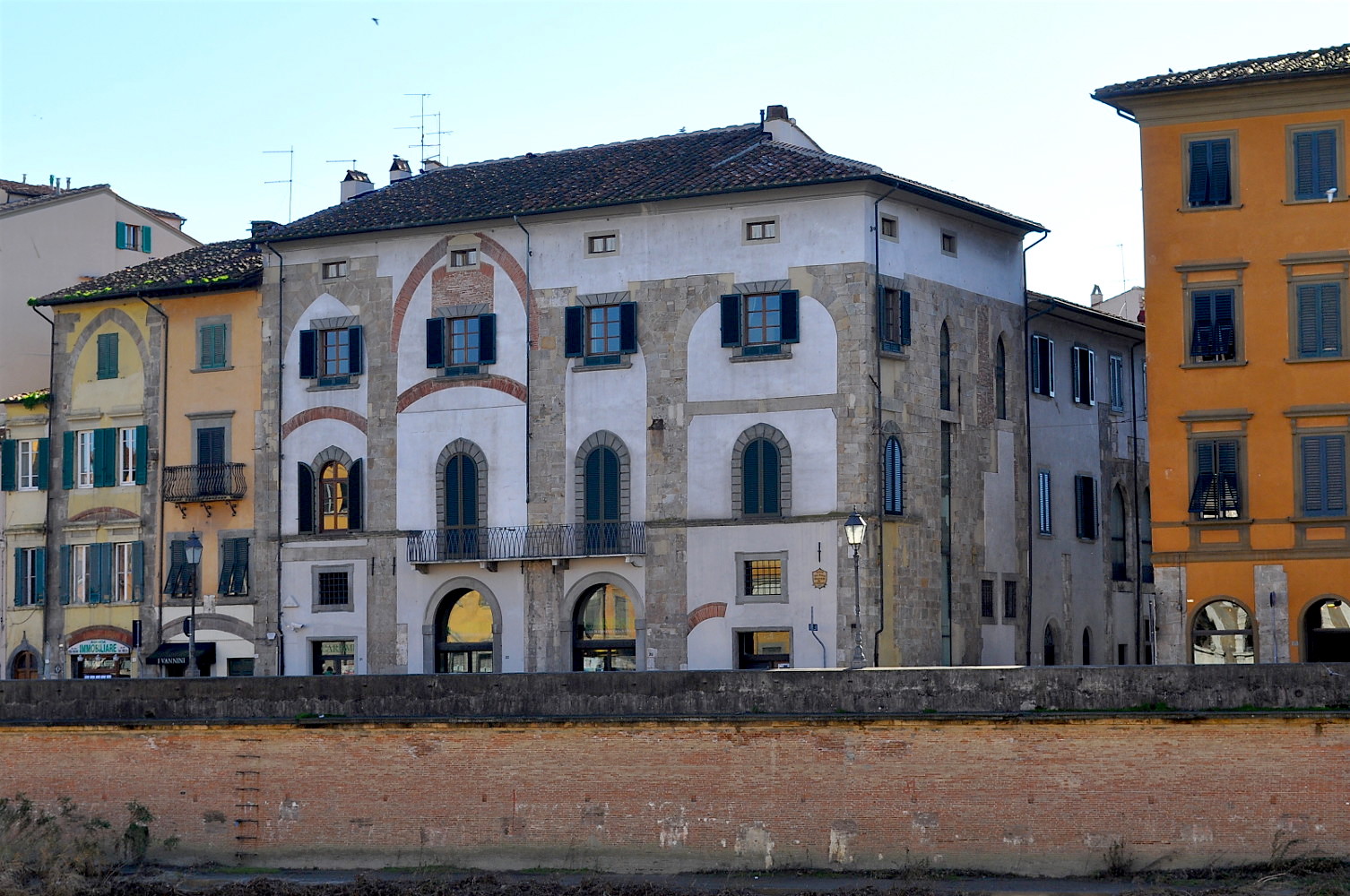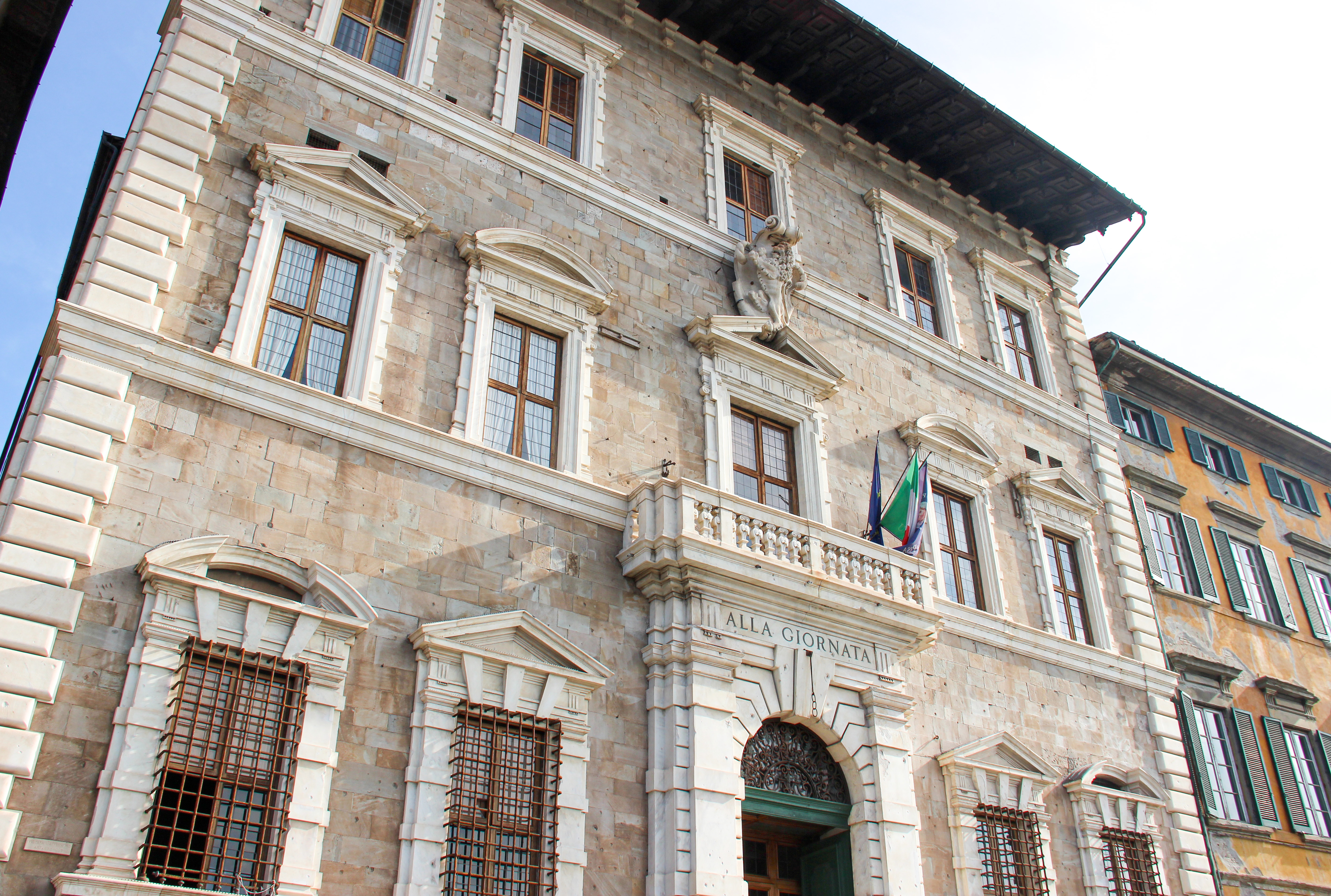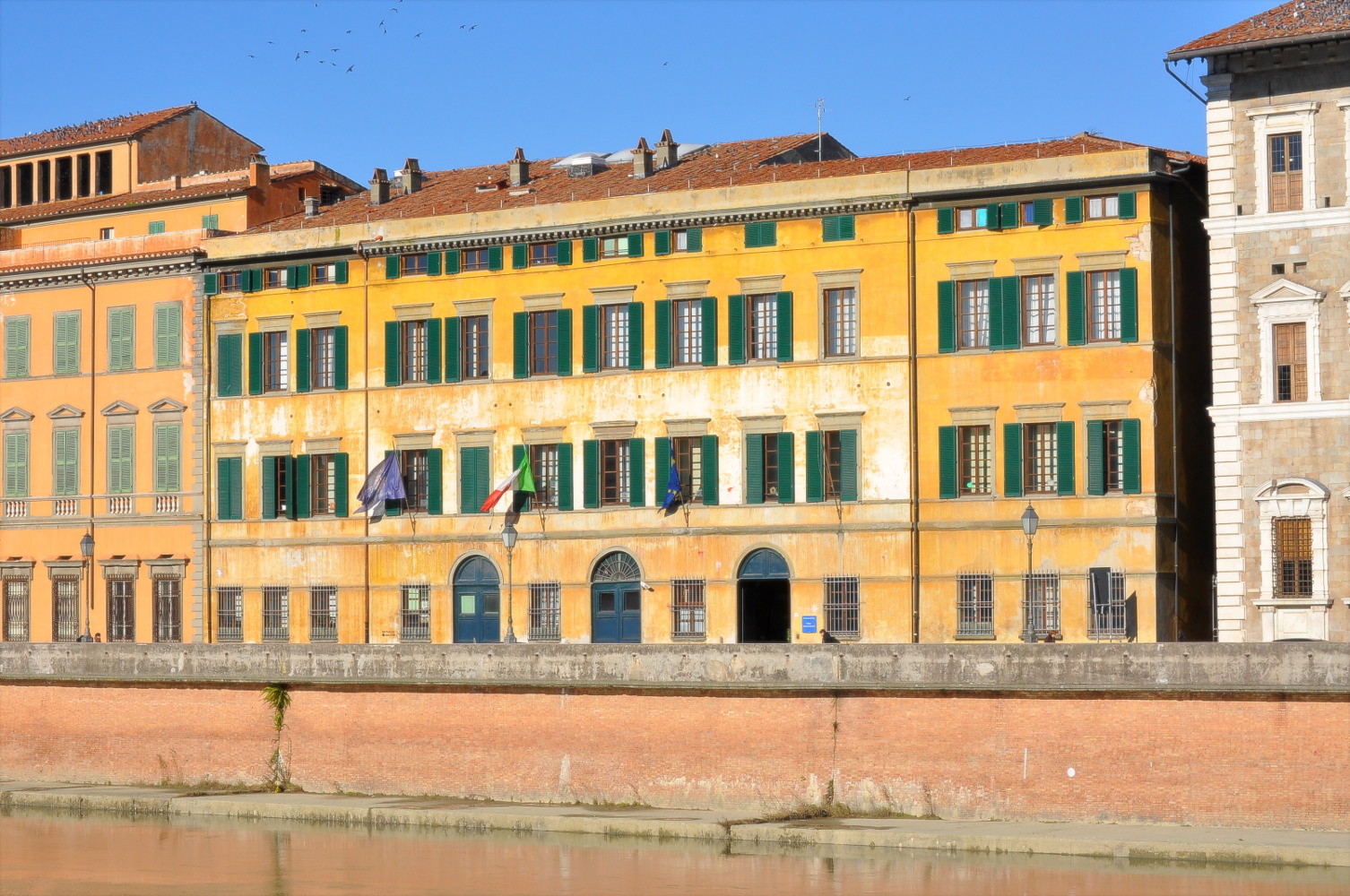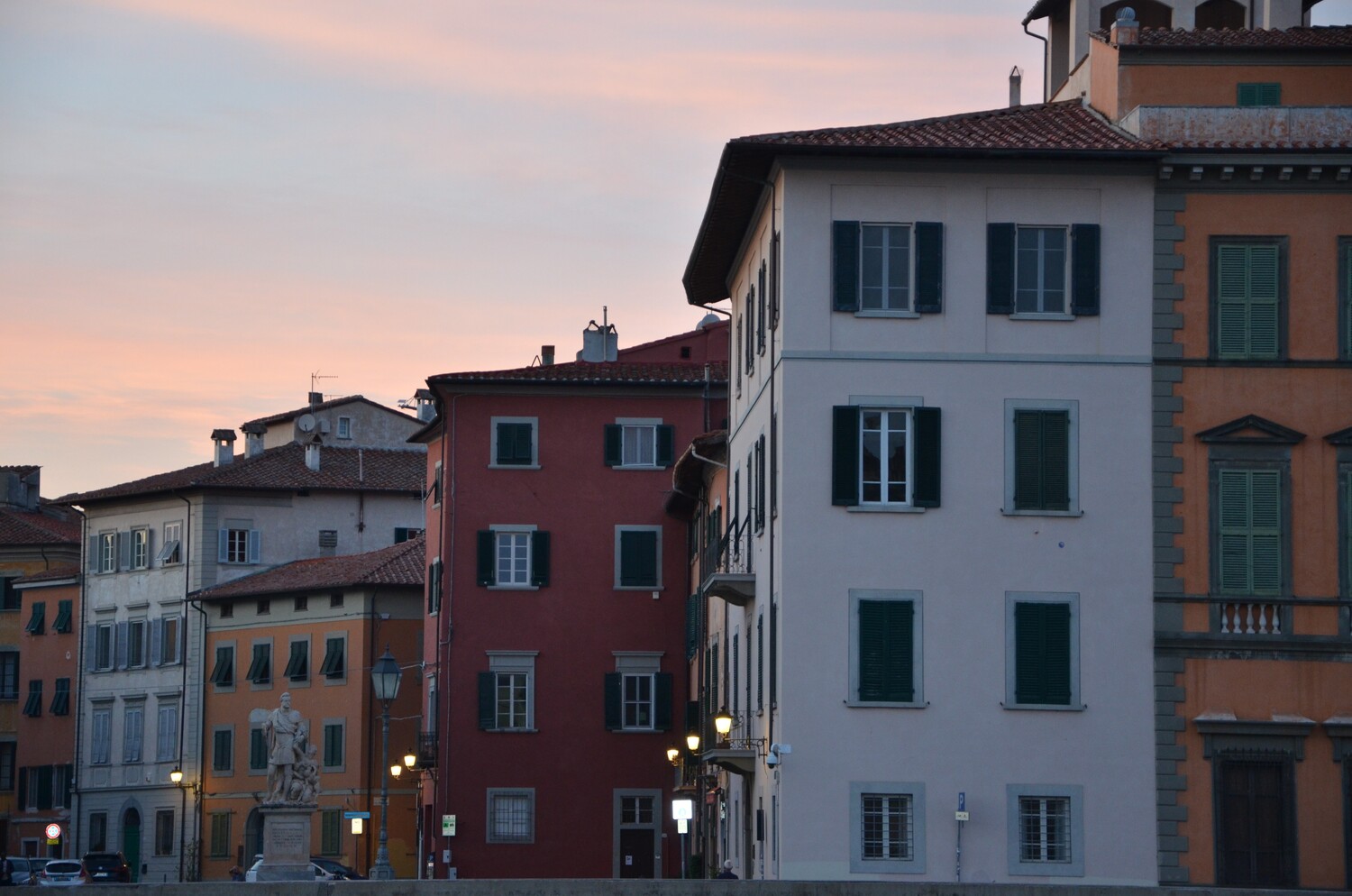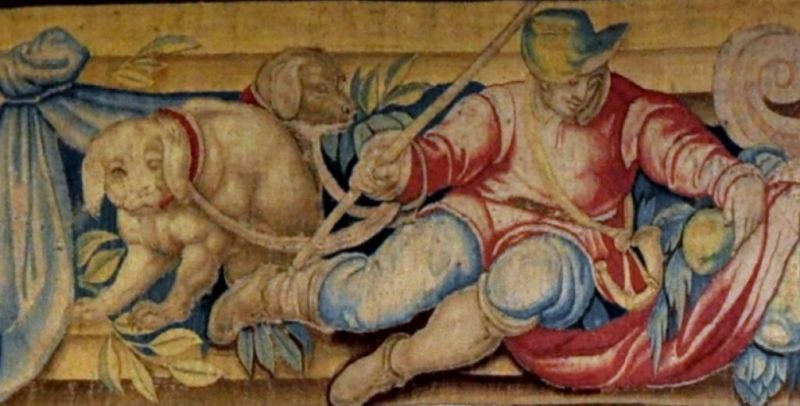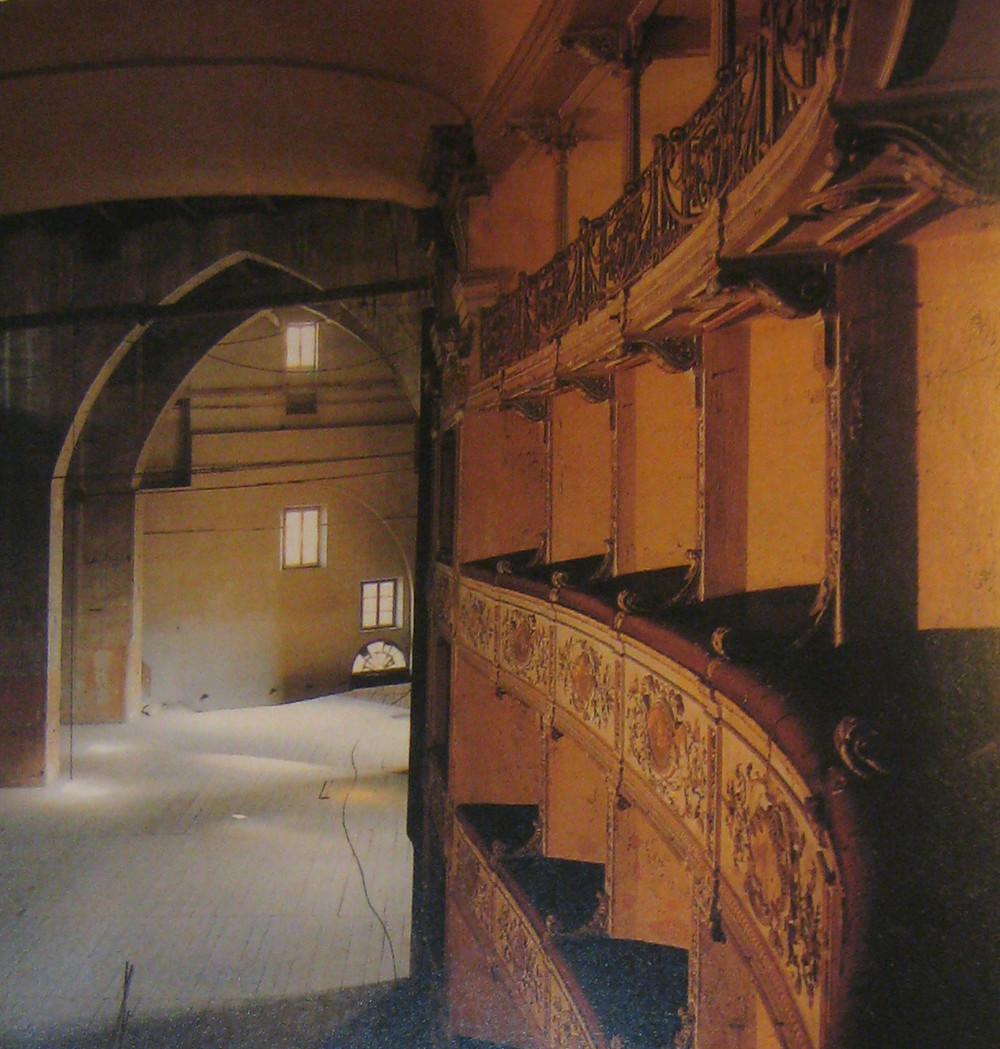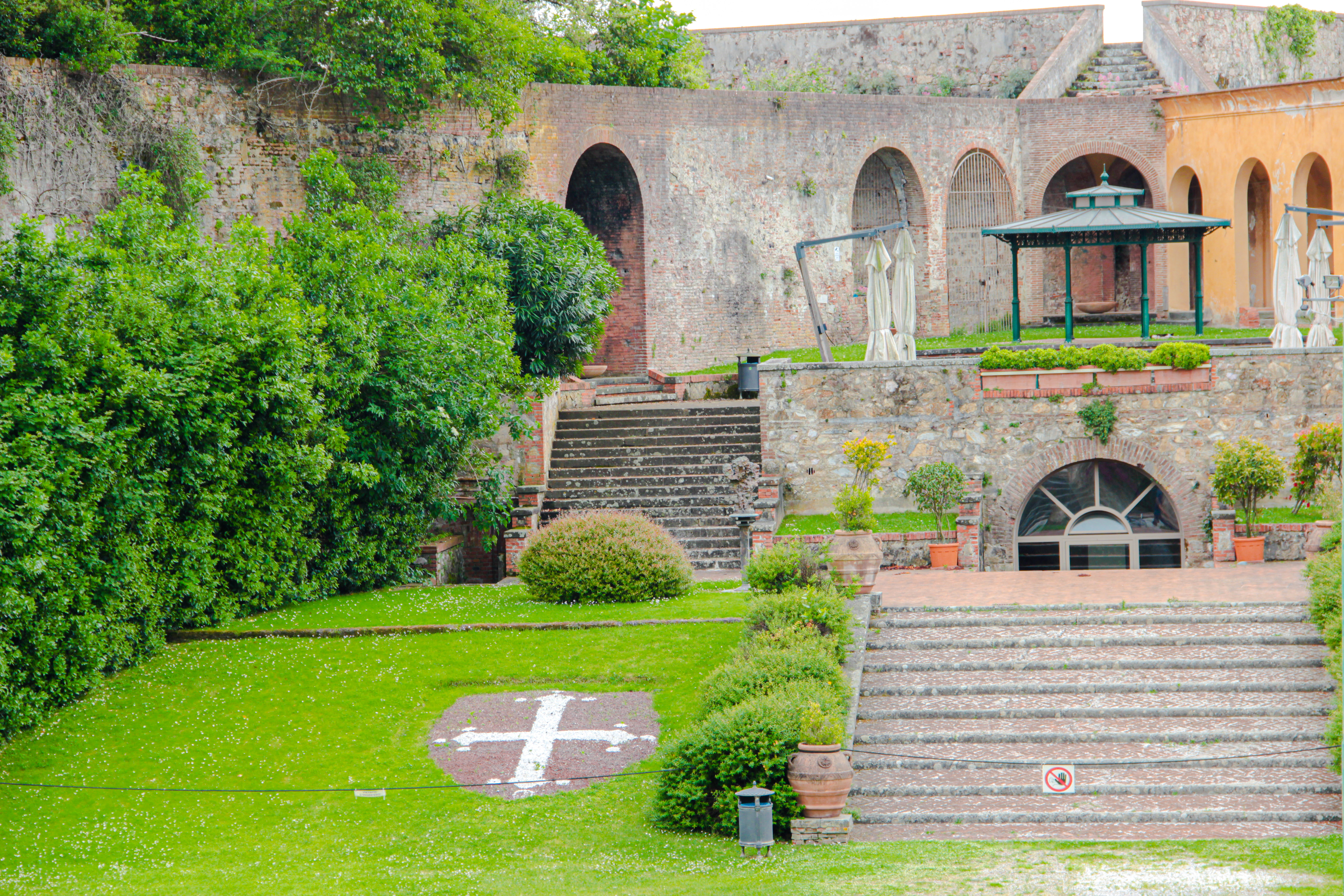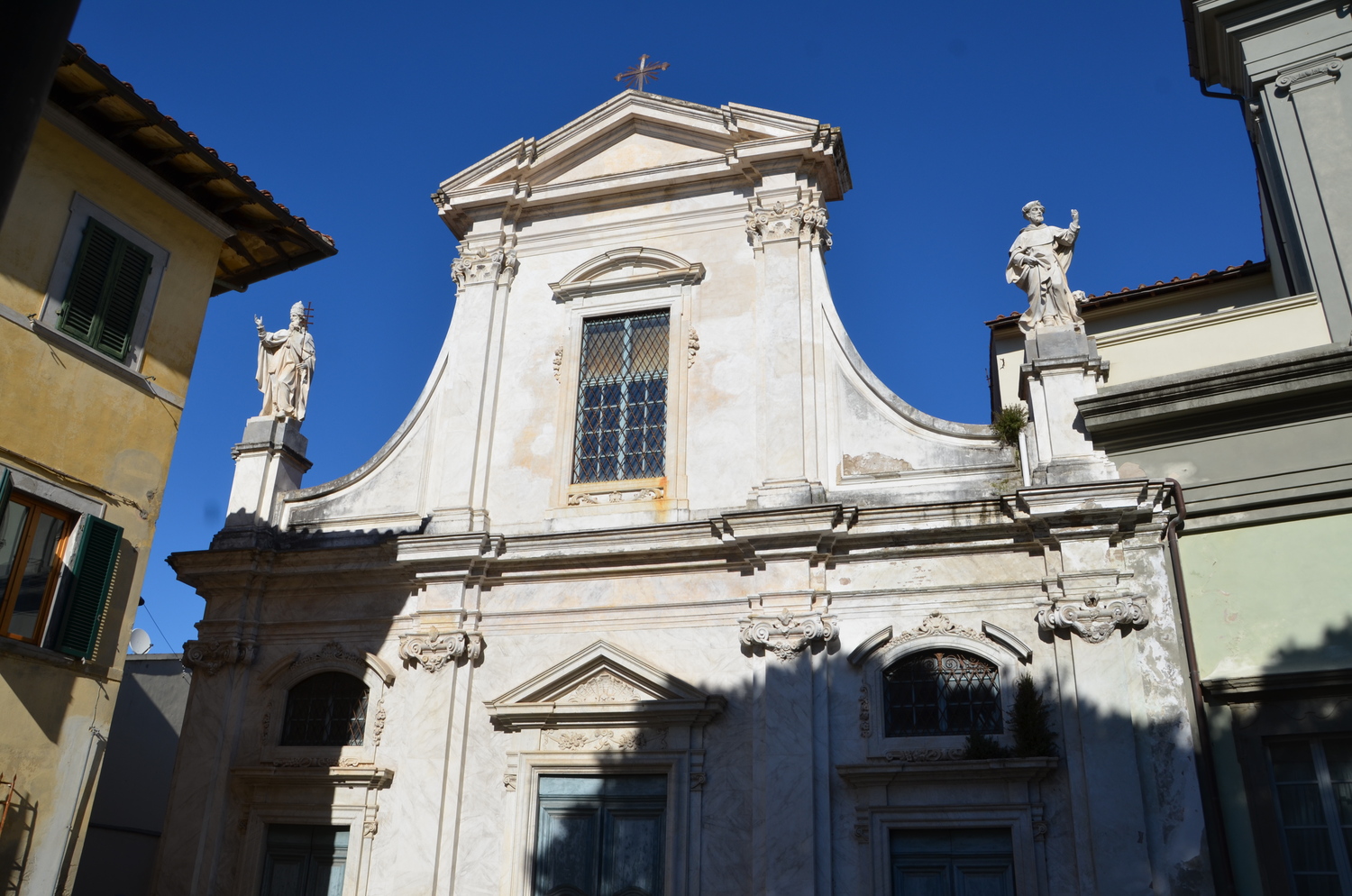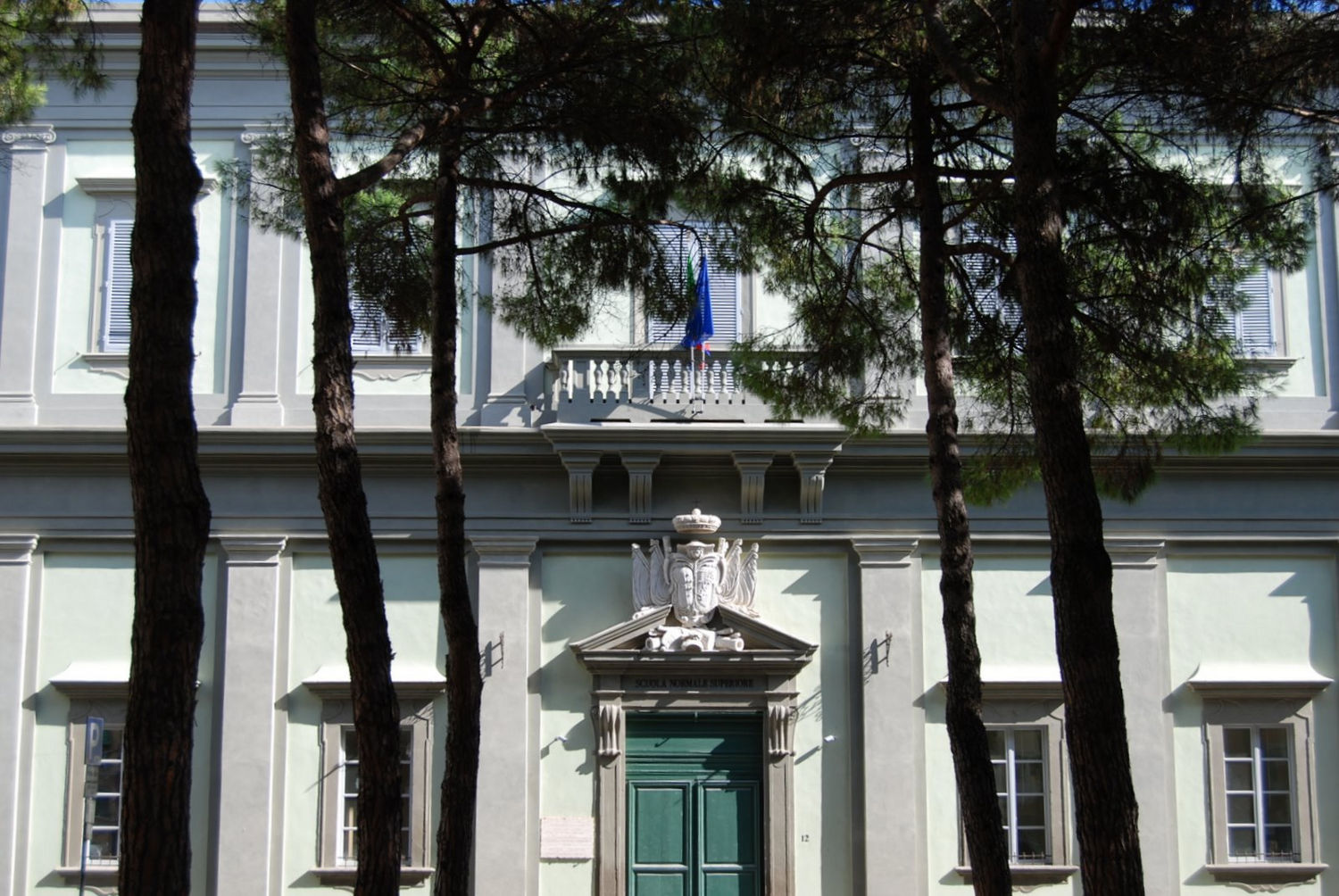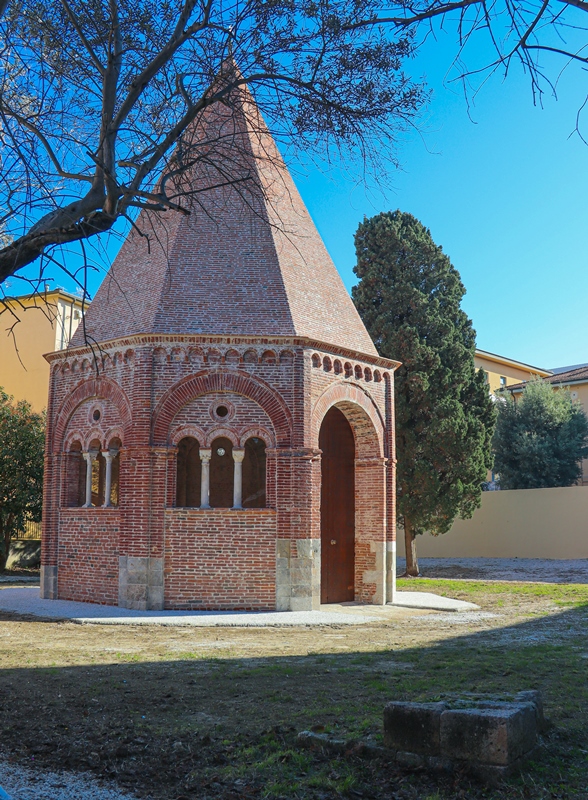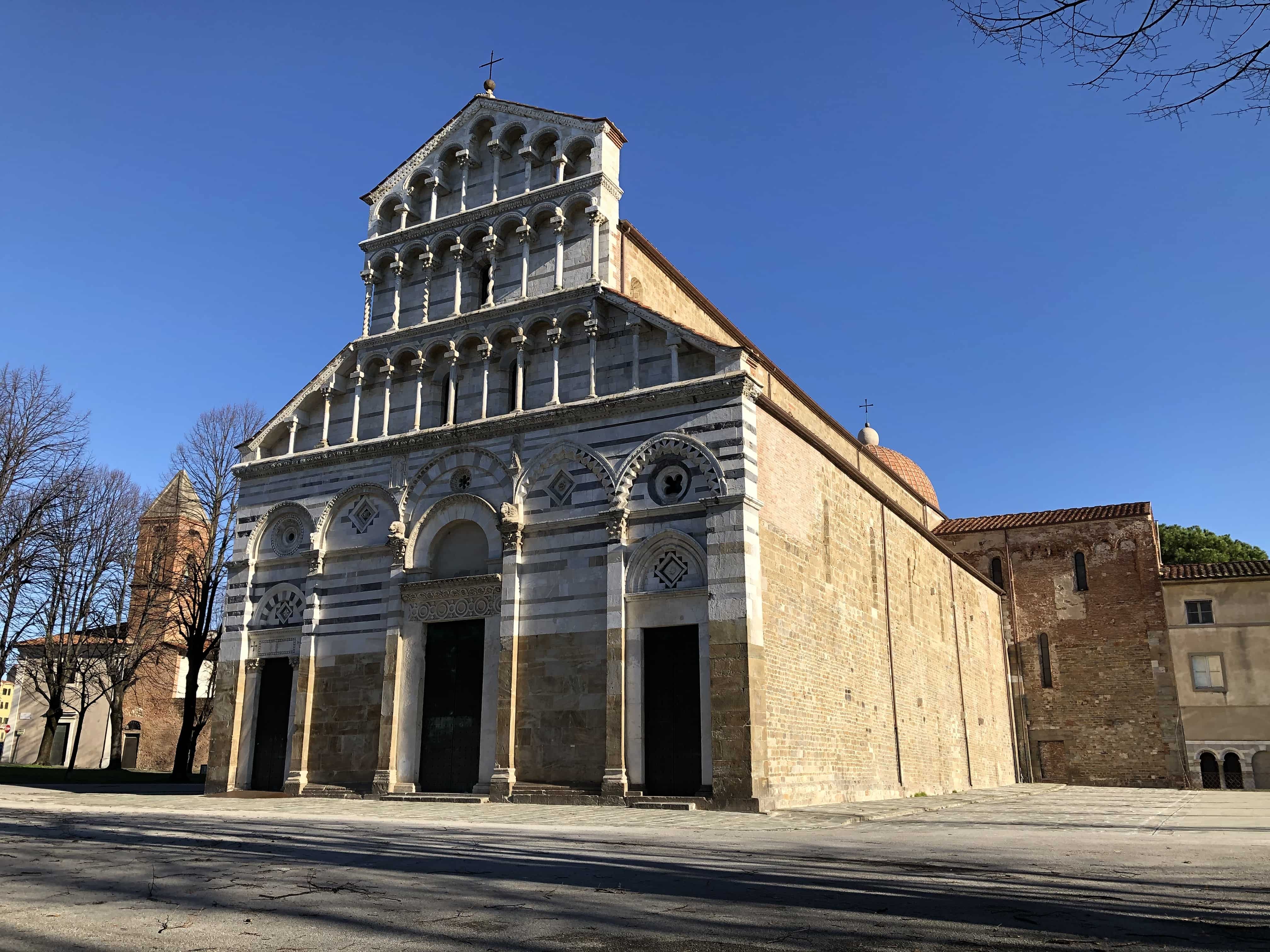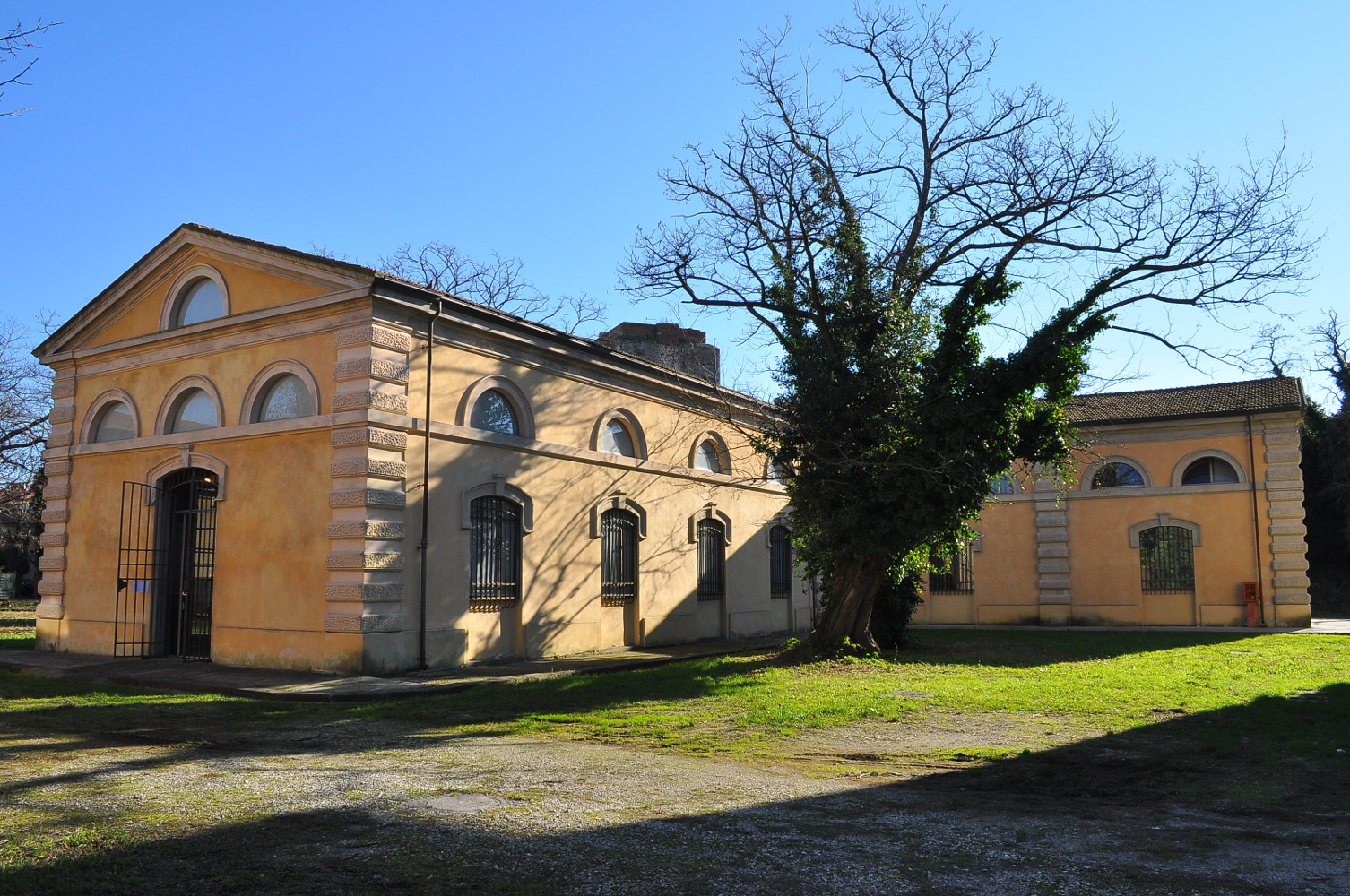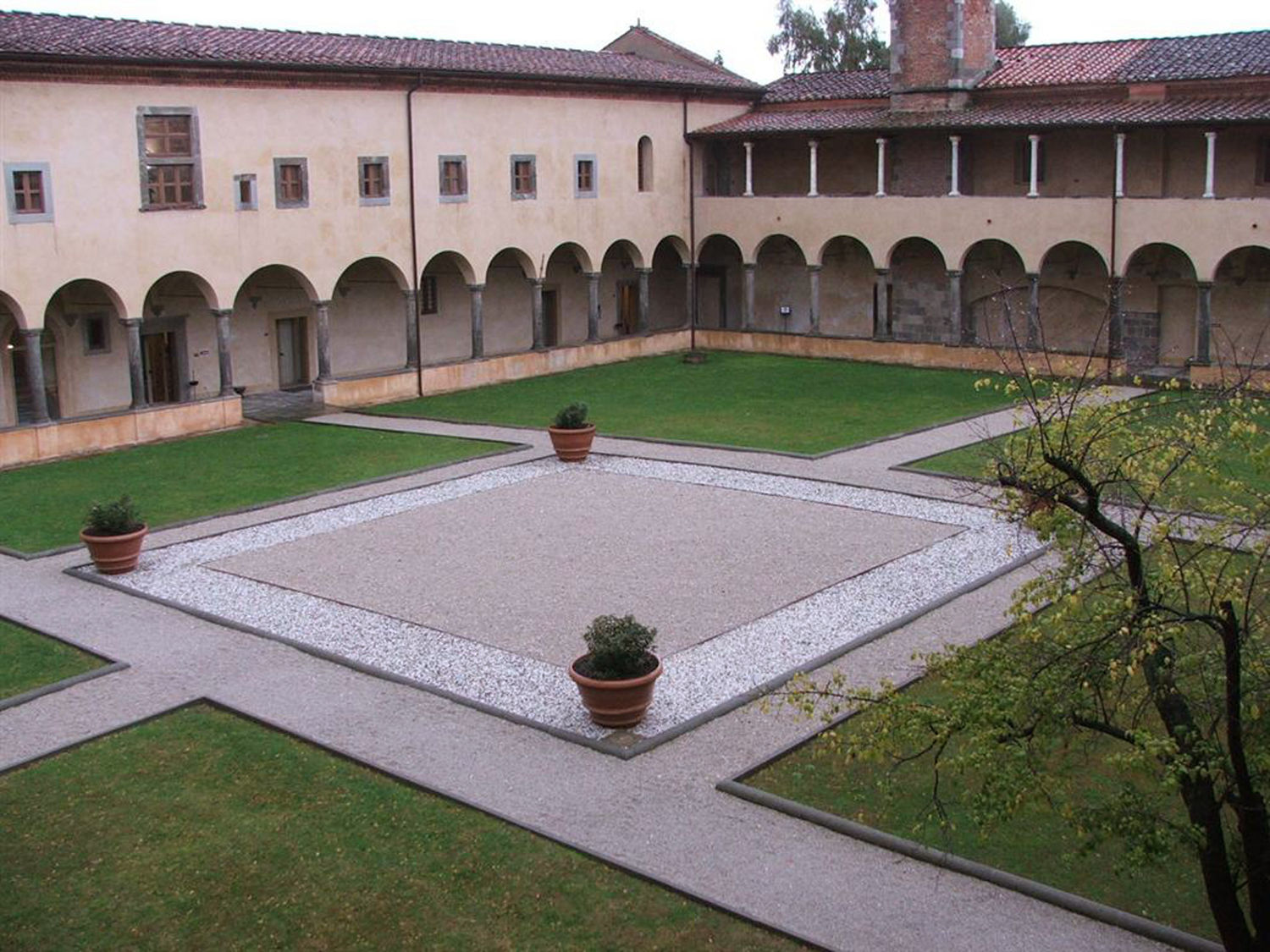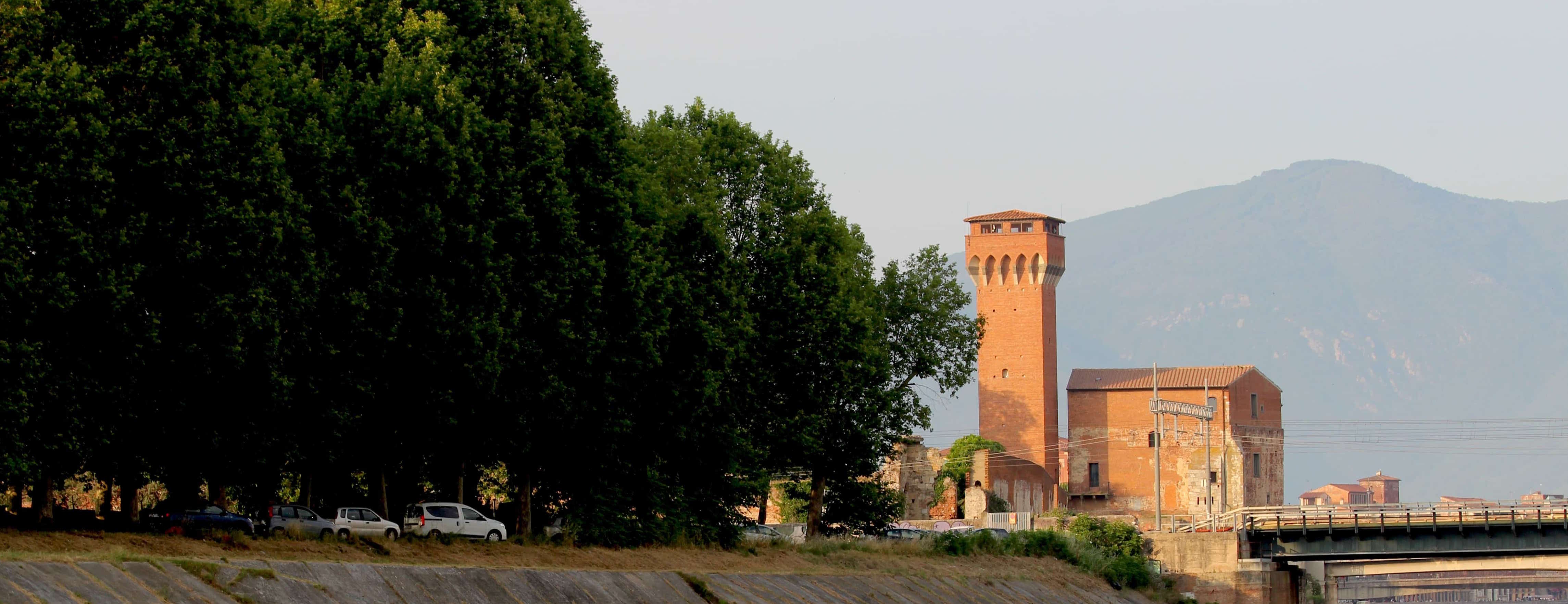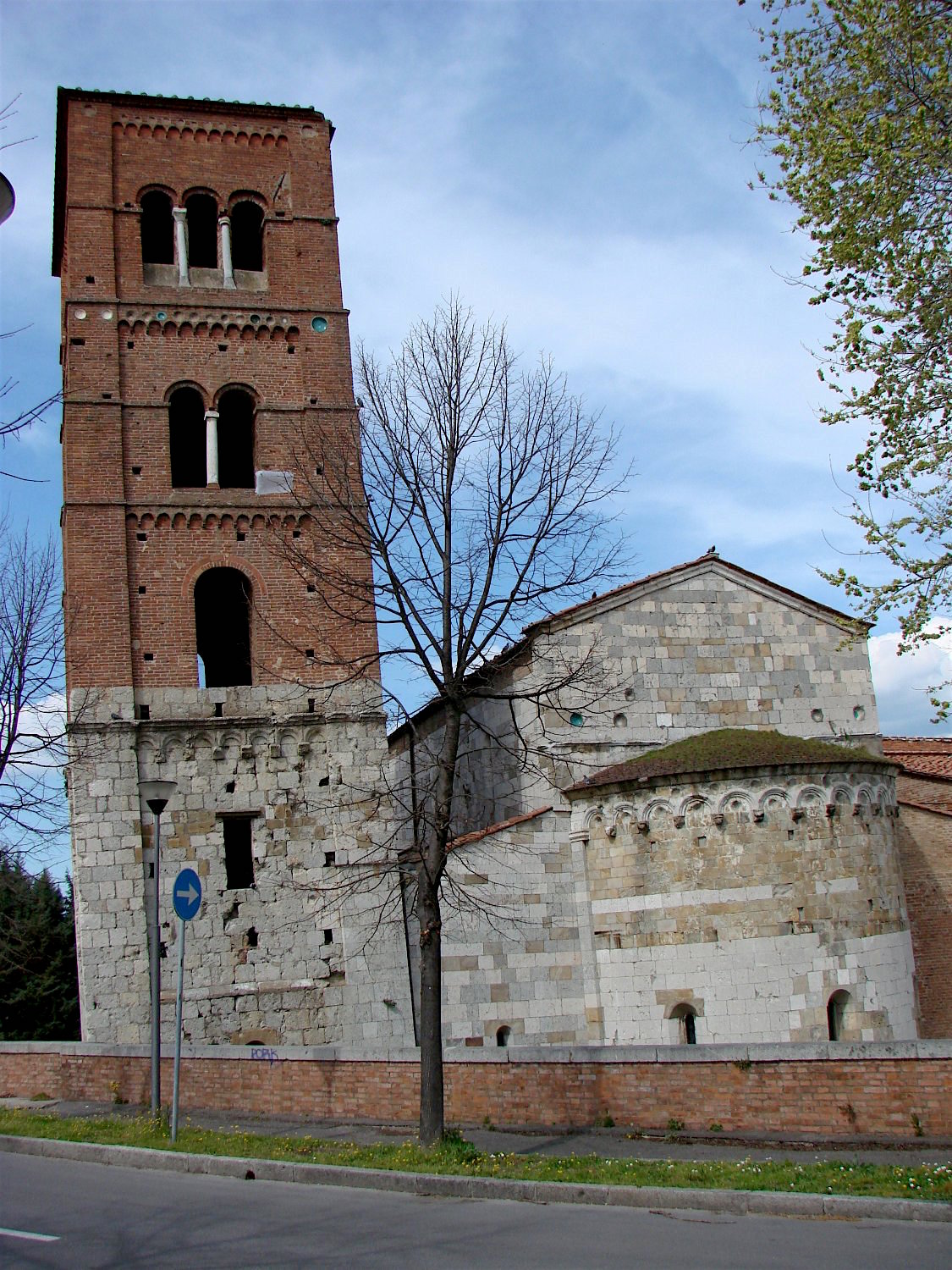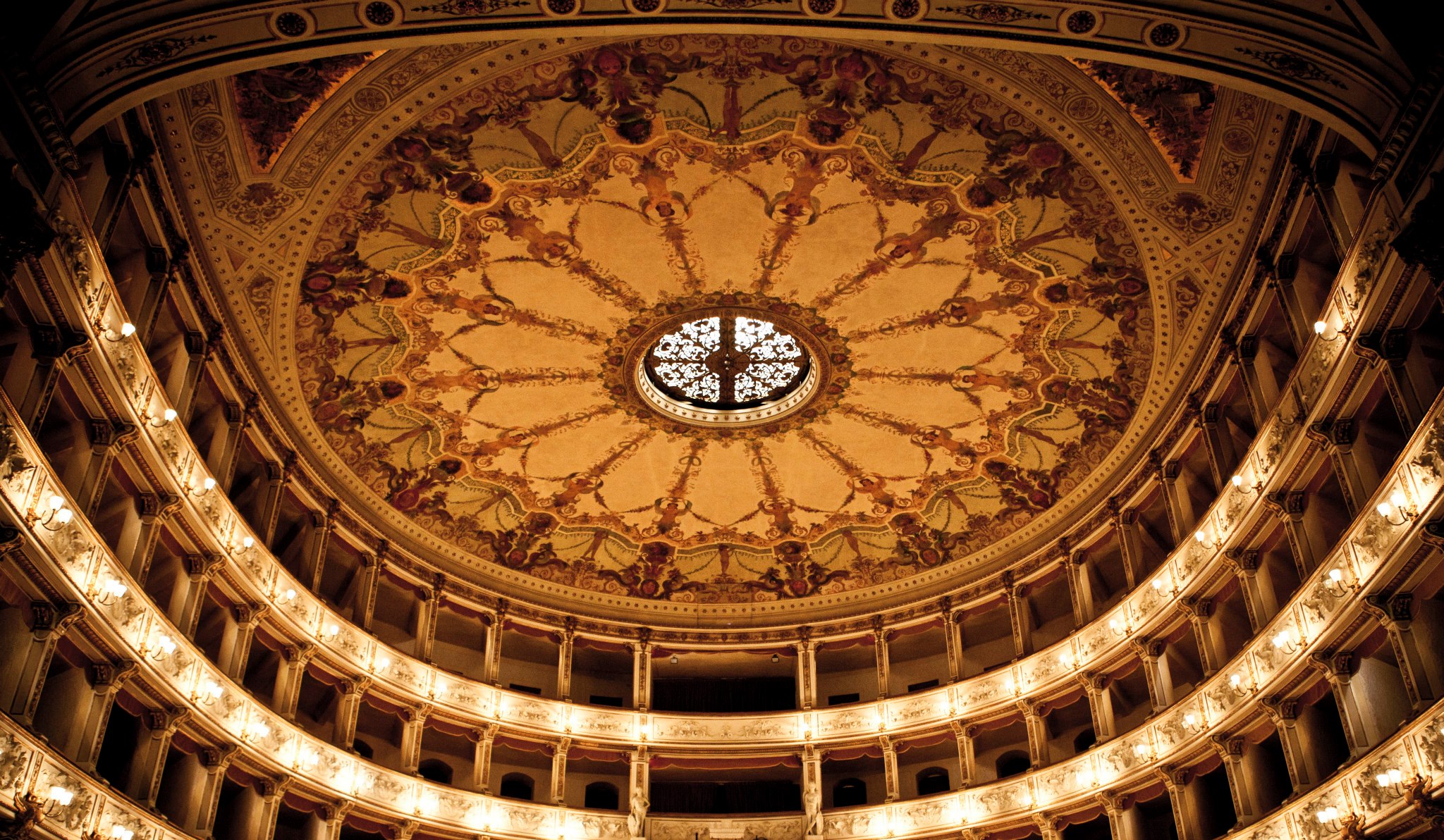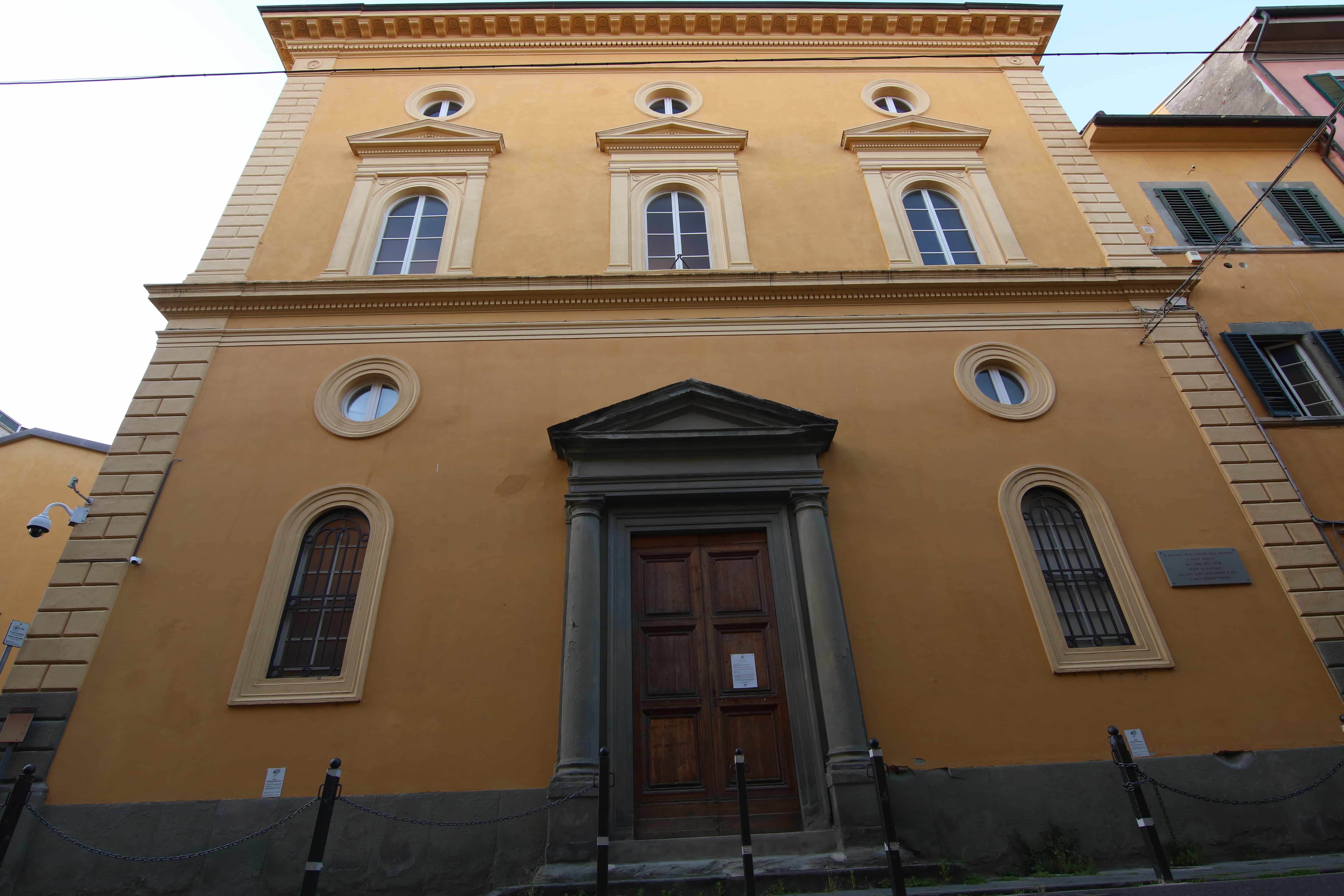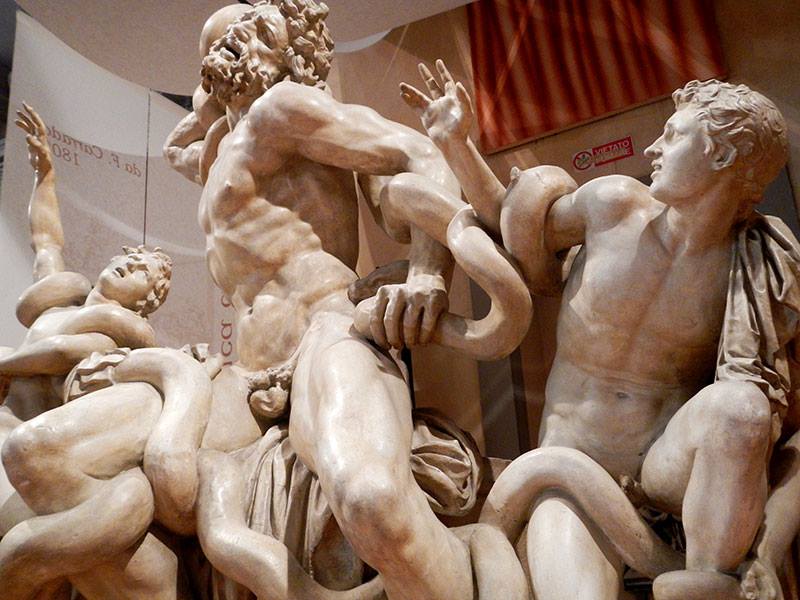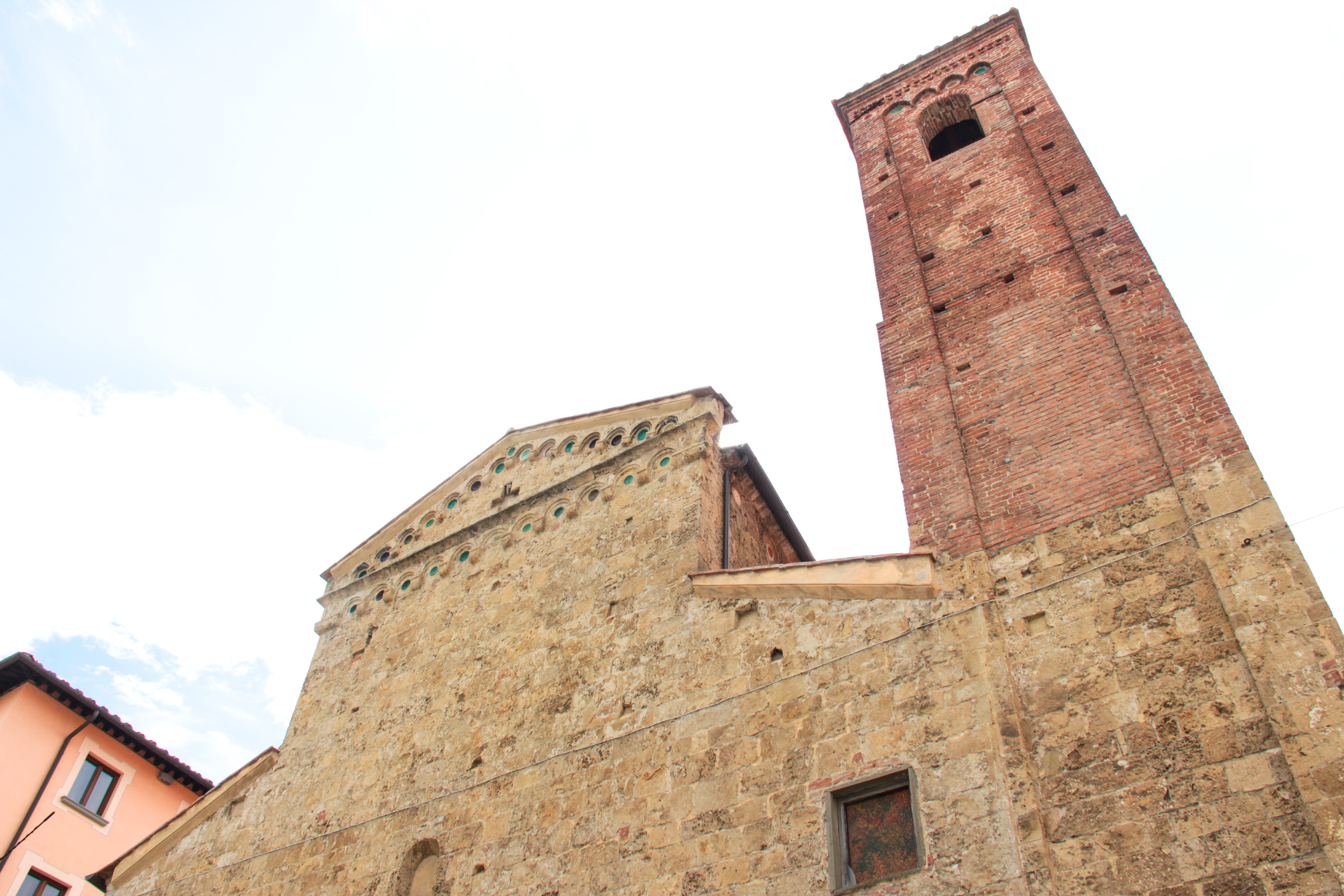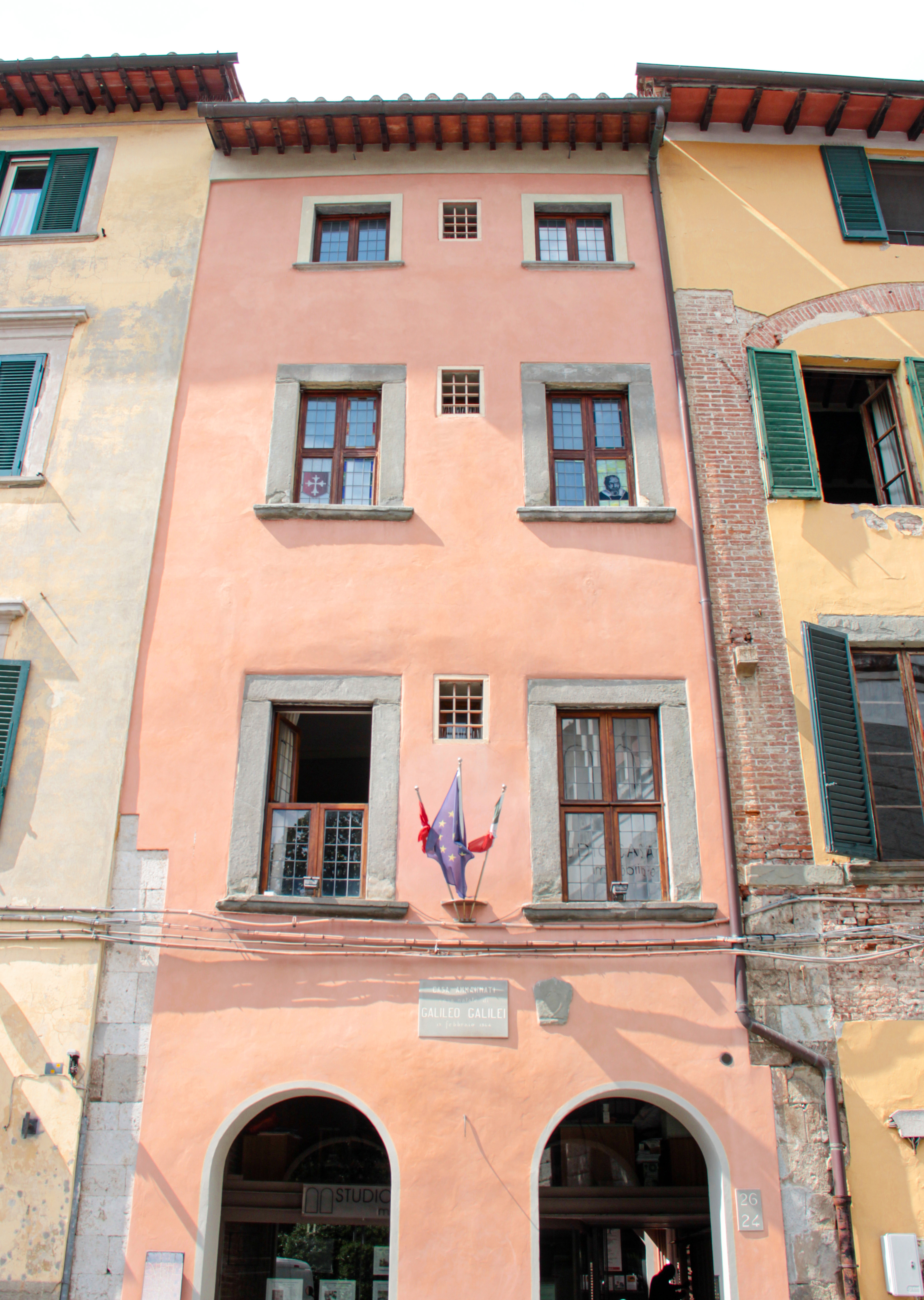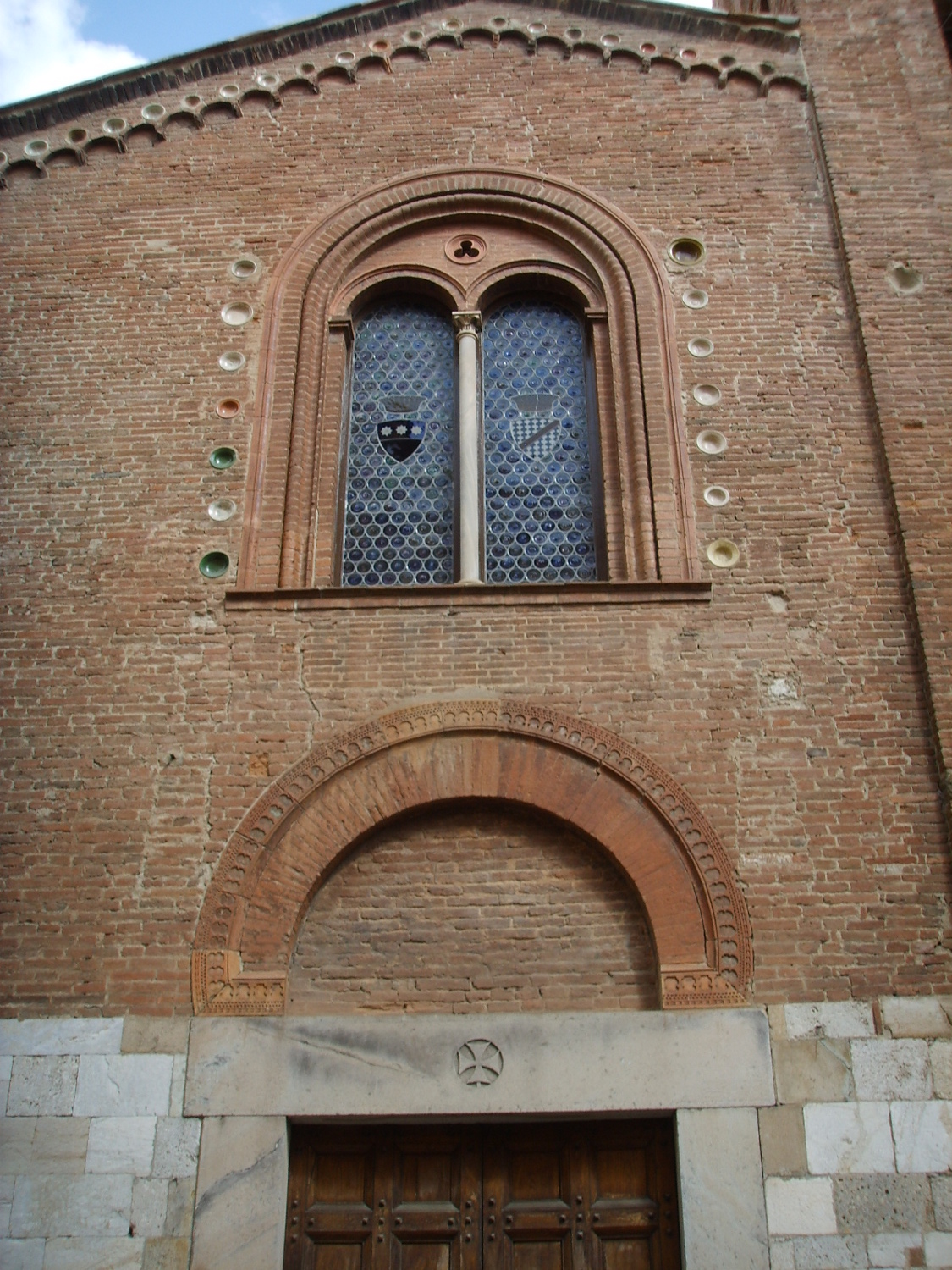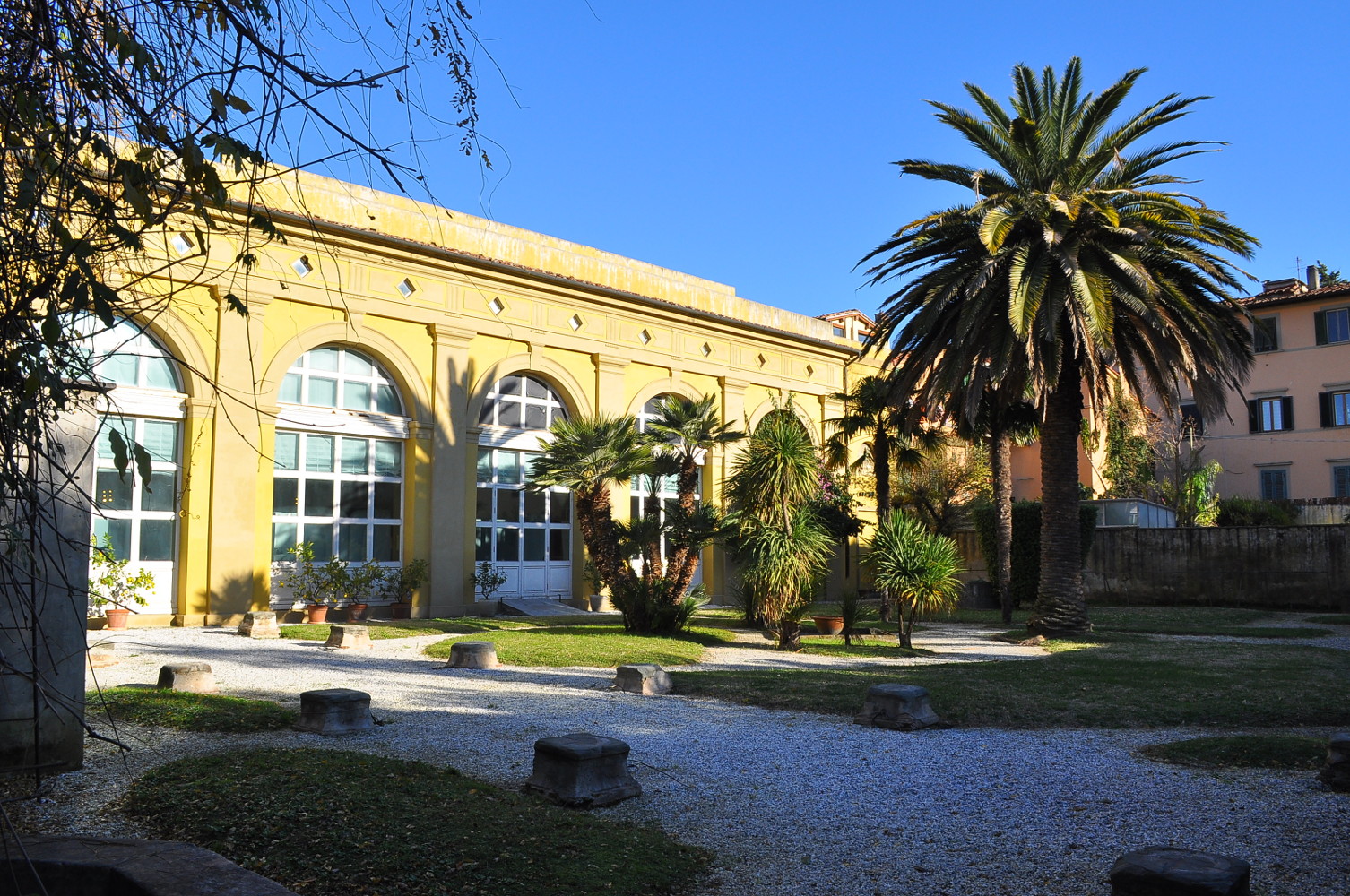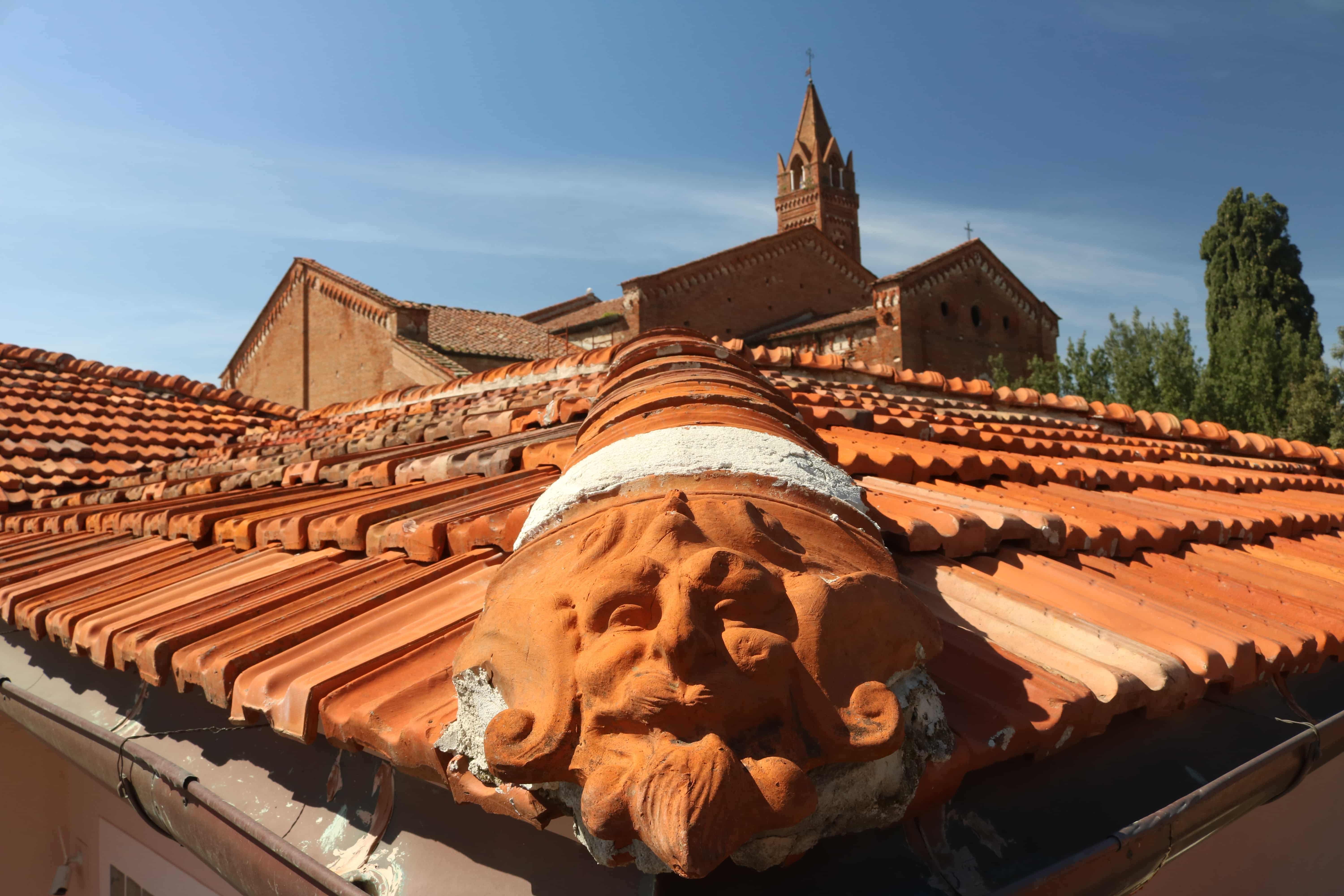Chiesa di San Pietro in Vincoli
Where the Romanesque church of S. Pietro in Vinculis now stands there was once the church of S. Pietro ai Sette Pini (by Seven Pine Trees), mentioned for the first time in 763 AD. No evident remains have been found of it. The Romanesque Church of San Pietro in vinculis (known as S. Pierino), is one of three Pisan churches (the others are S. Cristina and S. Margherita) documented in Longobard times.
The new church was consecrated in 1118. The plan was for a two-story building: the Church was raised above street level and a crypt below with cross-vaulting resting on stone columns, later used for burial, as funeral inscriptions carved on the columns testify.
The church is built in stone blocks. The front is divided into two levels. The lower is decorated with five dead arches separated by rose windows and rhombs. Double mullioned windows stand above the three doors; the main door is decorated with a carved lintel, pilasters and capitals. The upper story has three arches and a central mullioned window. The eight arches in the north wall are decorated with alternating rhombs and slit windows. The slit windows of the crypt are at pavement level. The belfry, originally a house, is in an adjacent tower.
The interior of the church is separated into three aisles by a double row of six columns and two pilasters decorated with Romanesque capitals. On the floor is a 12th century mosaic of coloured marble. Both church and crypt have recently been renovated.
Until Pisa was conquered by Florence, a document of capital importance for Law was guarded in this Church: Giustinian I’s Digesto, the text of the Corpus Iuris Civilis, also known as the "Pandette Pisane" (today in the Biblioteca Medicea Laurenziana in Florence).
